Year 3-4
Wawa, Wumindjika
Hello, Welcome (in Taungurung)

Year 3-4
Wawa, Wumindjika
Hello, Welcome (in Taungurung)
Book Week Dress up Day is Friday 16th August.
There will be a parade in the Mercy Centre at 9.15am
3/4 Camp has had a change of date. We will be going to Camp Nillahcootie on the 20th and 21st November, and having 1 night away. More details to follow in time.
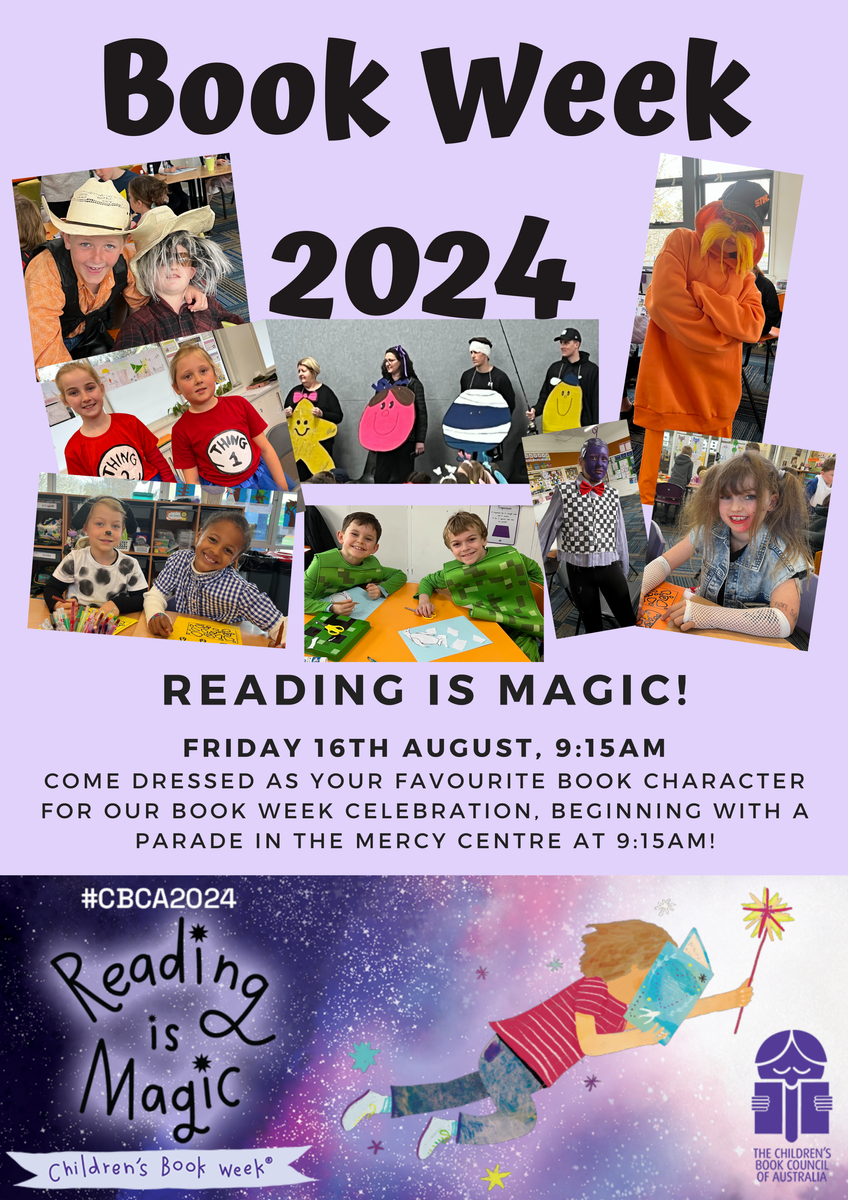

At St John’s we use what we refer to as a RESTORATIVE CHAT when supporting children with conflict resolution. The restorative practice model holds significant value when talking to children about behaviour, as it focuses on repairing harm and fostering positive relationships rather than merely punishing misconduct. This approach encourages open dialogue, allowing children to understand the impact of their actions on others and to take responsibility in a constructive manner. By involving children in the resolution process, restorative practices promote empathy, accountability, and problem-solving skills. This method helps build a supportive community where children feel heard and respected, which can lead to more lasting behavioural change and a stronger sense of belonging and trust. Overall, the restorative practice model cultivates a more compassionate and effective approach to behaviour management in children.
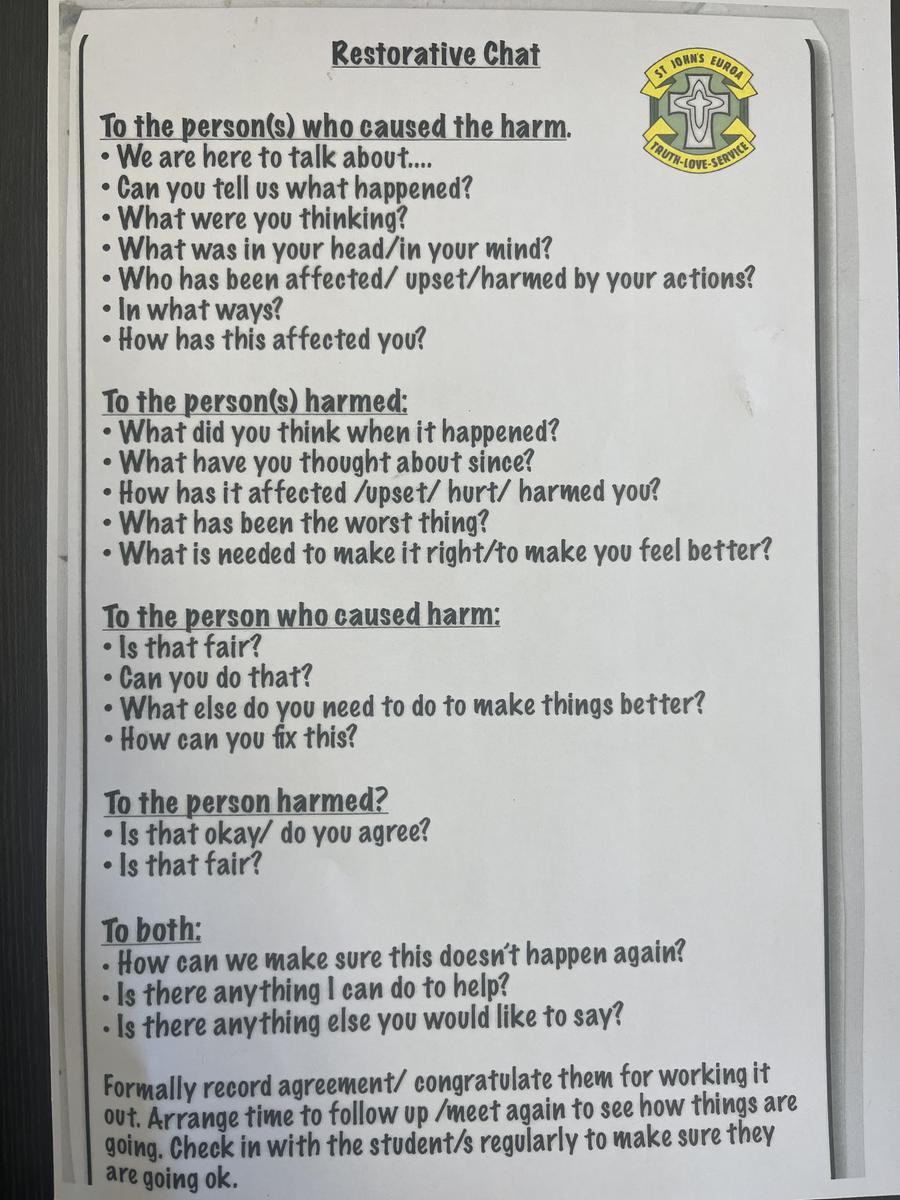

On Tuesday 30th July, the Year 3 and 4 students took part in a Kids Helpline workshop centred around being kind online. The engaging session aimed to equip our students with essential knowledge and practical skills to navigate the digital world securely. Through interactive activities and discussions, the children learned about the importance of protecting personal information, recognising and reporting inappropriate content, and understanding the consequences of cyberbullying. The workshop provided a safe space for the students to ask questions and share their own experiences, fostering a supportive environment for learning and growth in their digital literacy journey.
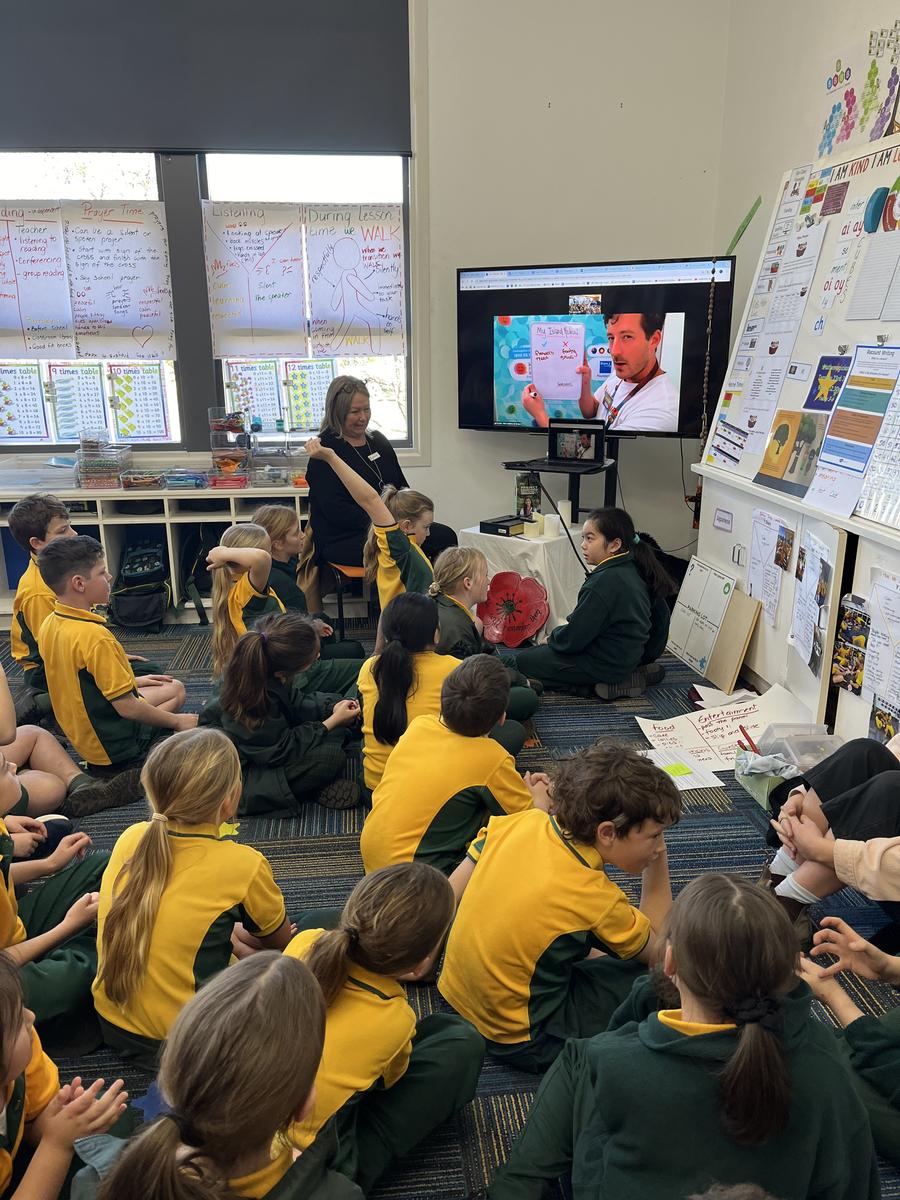

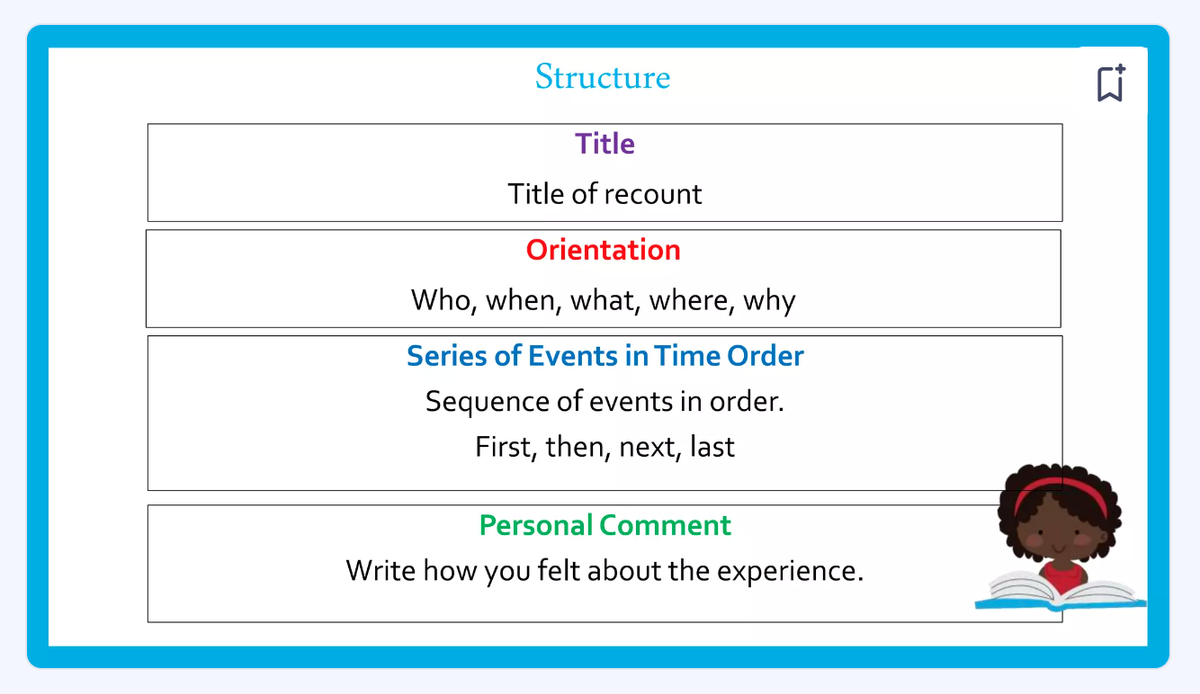
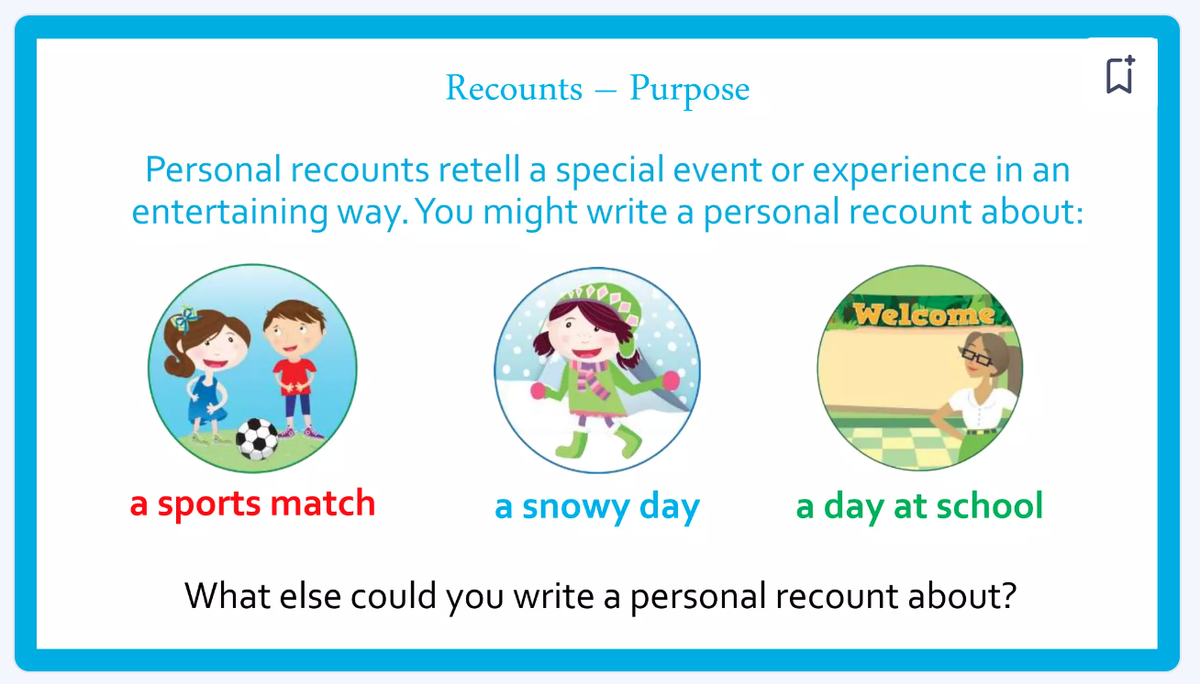
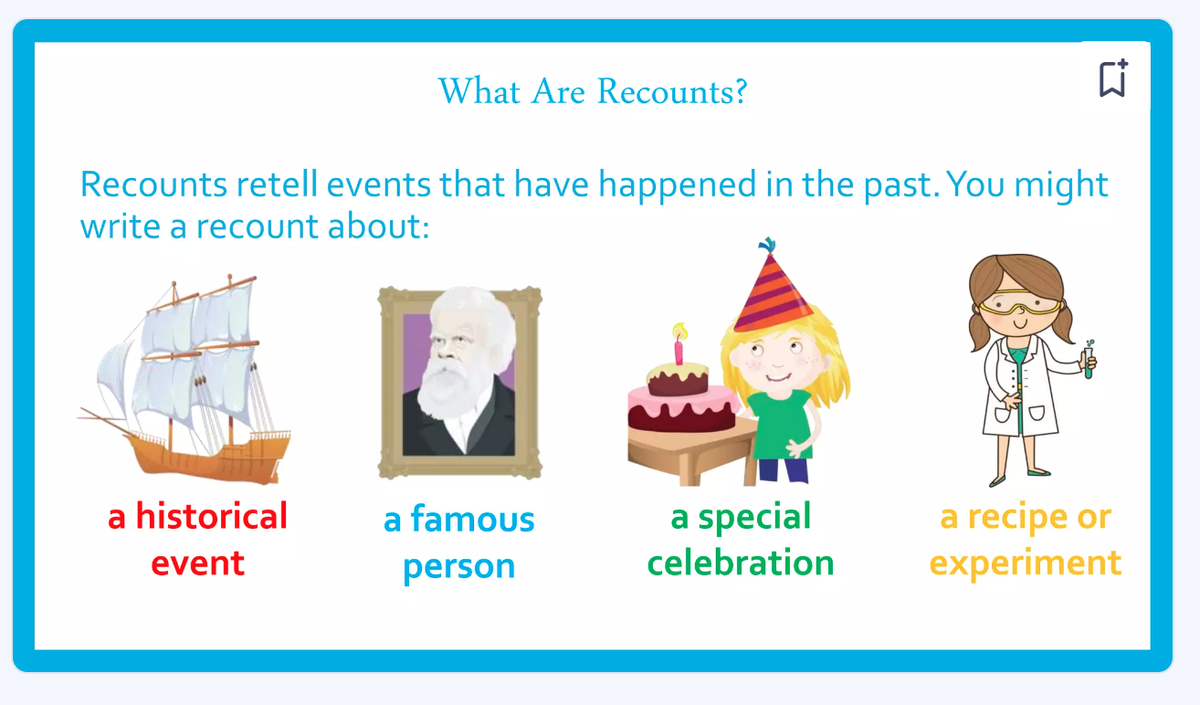



The Year 3 and 4 students have been diving into the art of writing recounts, focusing on both personal and historical narratives. Through a series of structured lessons, they are learning how to organise their thoughts and experiences in a clear, chronological order, starting with a captivating introduction, followed by a detailed body, and concluding with a reflective closing. The students are practicing writing personal recounts, sharing memorable events from their own lives with vivid descriptions and emotions. Additionally, they are exploring historical recounts, where they are researching and retelling significant events from the past, honing their skills in factual reporting and critical thinking. This dual approach not only enhances their writing abilities but also deepens their understanding of the importance of perspective and accuracy in recounting events.
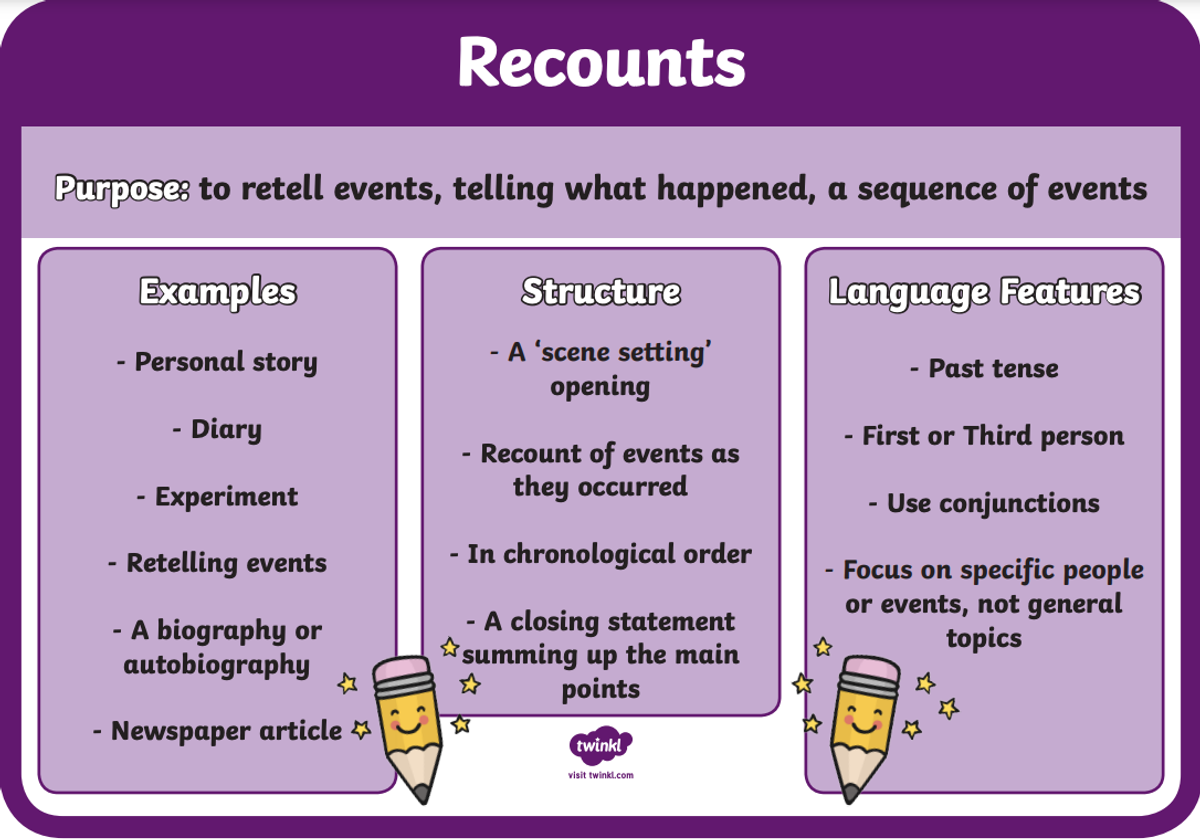

We are learning to read and understand historical recounts and why newspapers help people to learn about events. Students have been interviewing each other about their holidays and have then written up a newspaper article. You might like to encourage your child to read some of the articles in the local paper and report back to you about what they read. Here are a few about St Johns that you may like to start with.
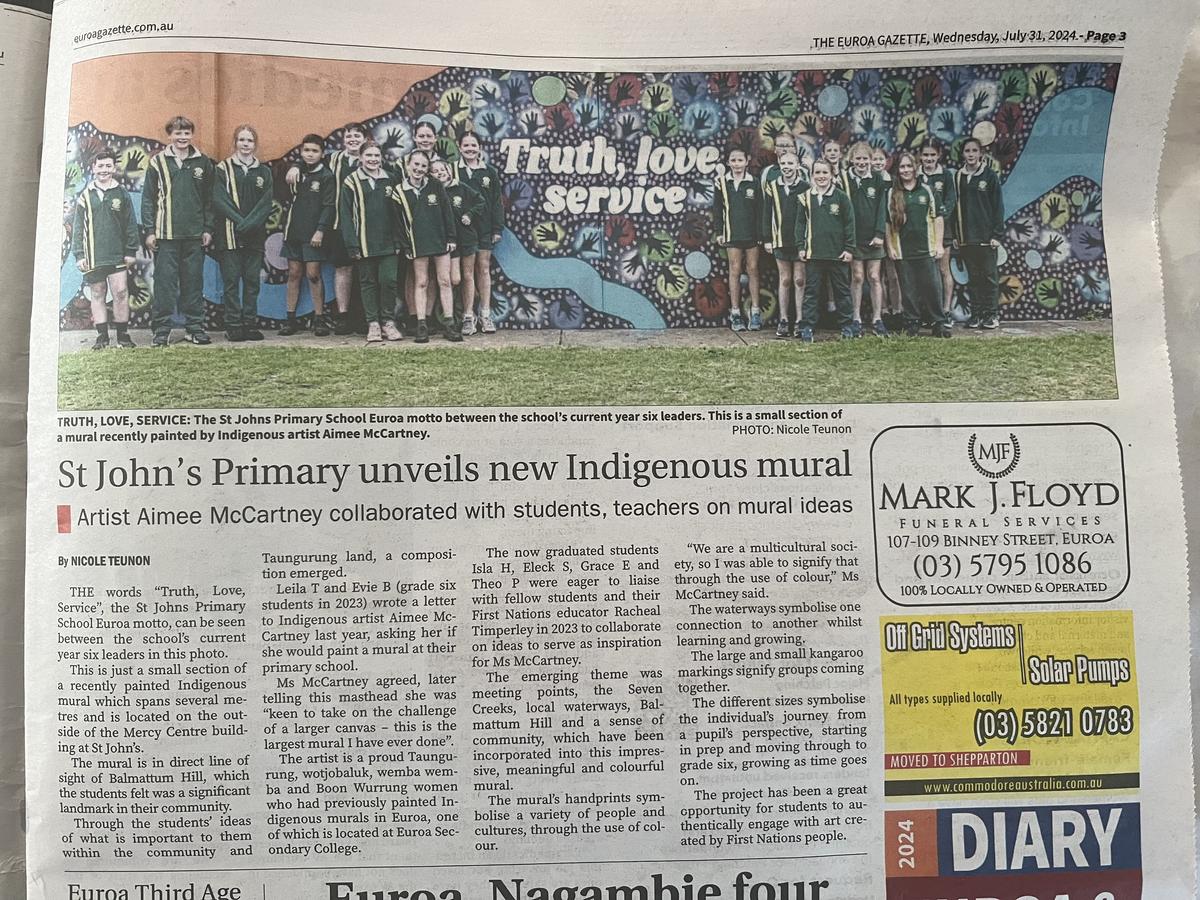
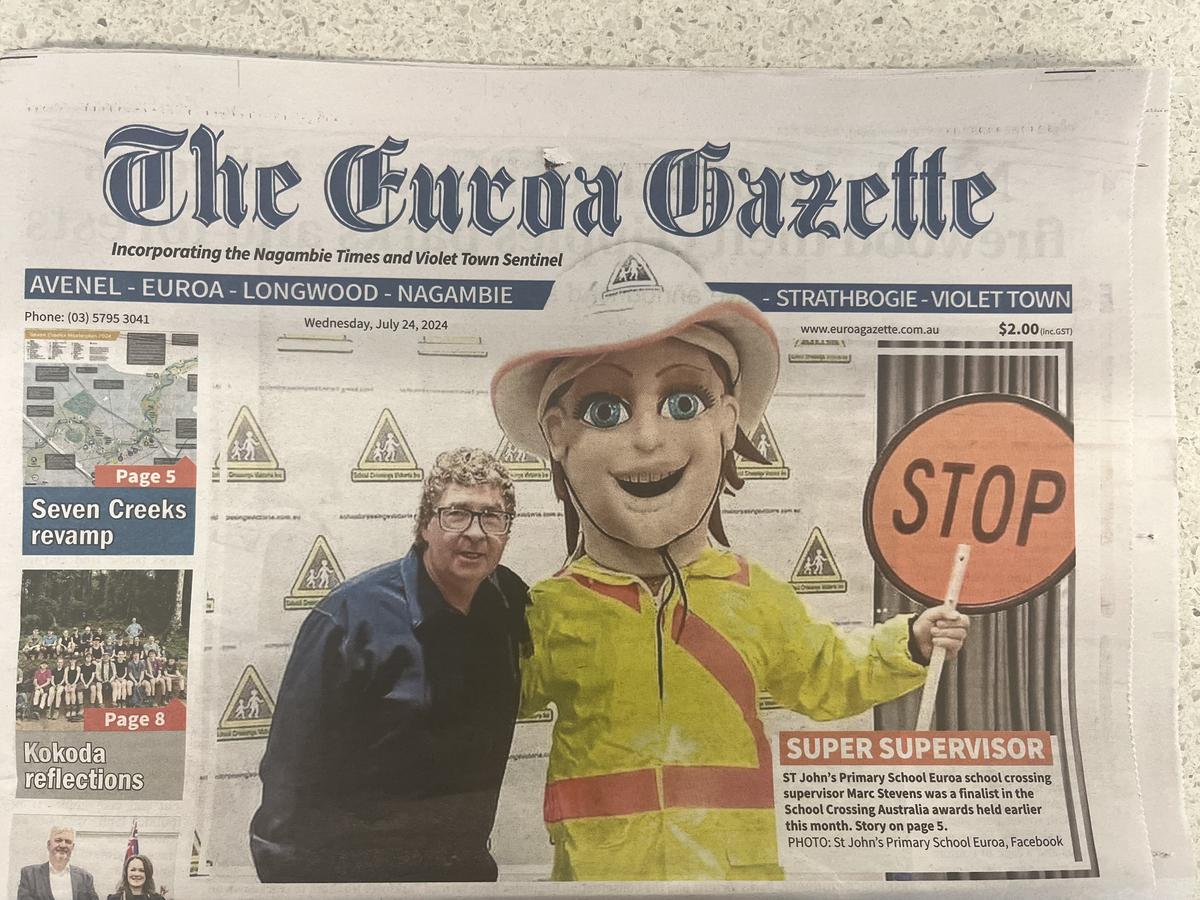
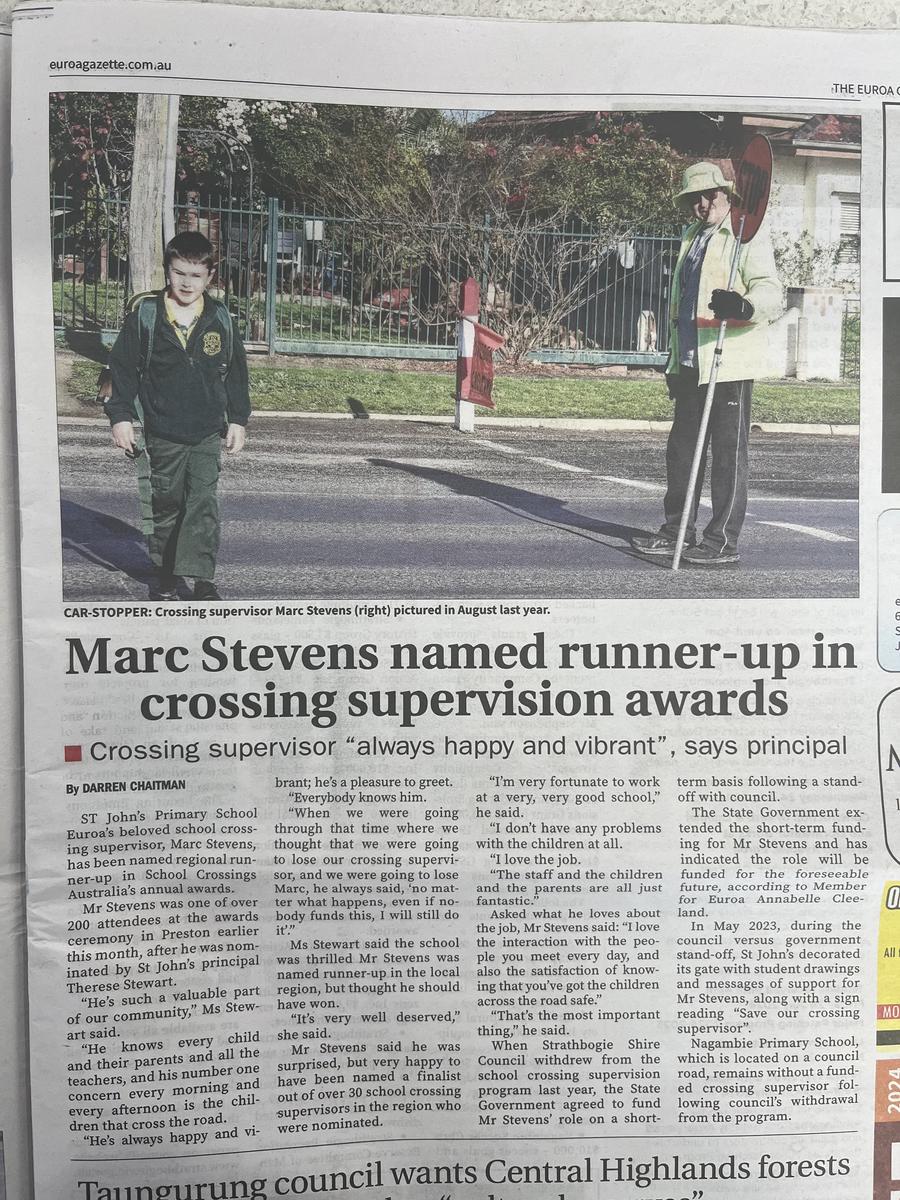



We recently read BACK TO EARTH WITH A BUMP. We are learning how to summarise a text and how to pick out the important parts. We have also been learning about more technical language. Students are always encouraged to ask if they don't know what a word means.


During our spelling lessons not only do we discuss the spelling focus but we also disuss the meaning of words as well as the origins of words( Etymology). English words have many origins. One of our recent spelling words was chauffeur. Do you know where the word Chauffeur comes from? I think you would know it was French ...but how did it evolve?
Chauffeur, the French word for the "stoker," or person who kept the fire going in an engine, was used for anyone driving an automobile. Later the term was used only for a person hired to drive someone else's car.
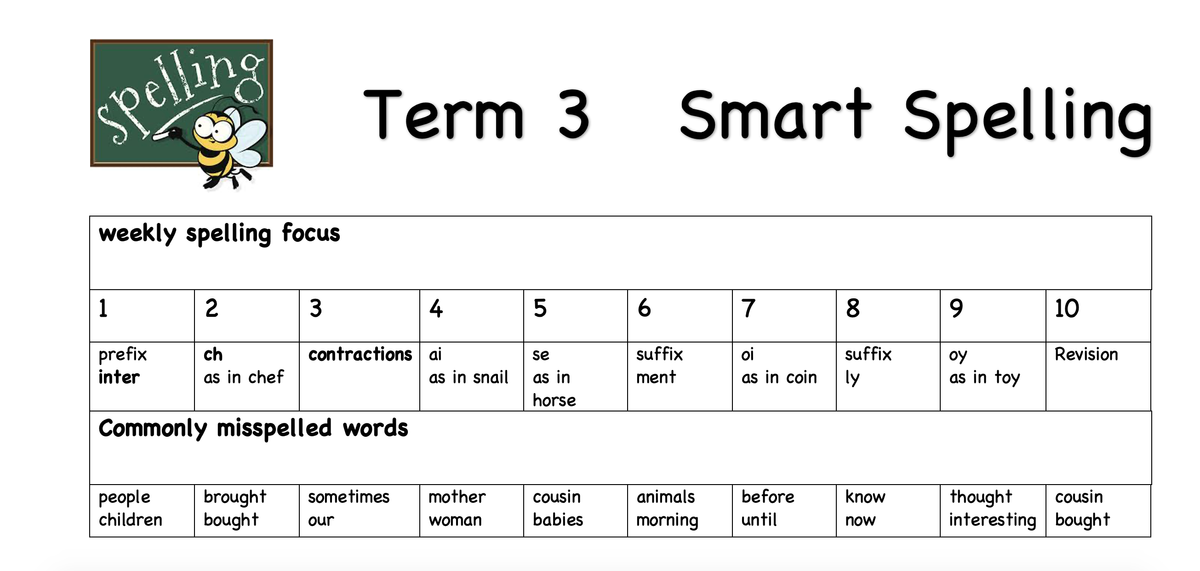

Additive Thinking
Additive thinking is the ability to understand and manipulate numbers through addition and subtraction. It involves recognising the part-whole relationships in numbers, understanding the inverse relationship between addition and subtraction, and applying these concepts to solve problems. For Year 3 and 4 students, developing additive thinking is crucial as it forms the foundation for more advanced mathematical concepts, such as multiplication, division, and algebra. It helps students build number sense, enabling them to perform mental calculations, estimate sums and differences, and understand the properties of numbers. Fostering additive thinking at this stage promotes confidence and flexibility in approaching mathematical tasks, ultimately enhancing their problem-solving skills and preparing them for more complex mathematical challenges in the future.
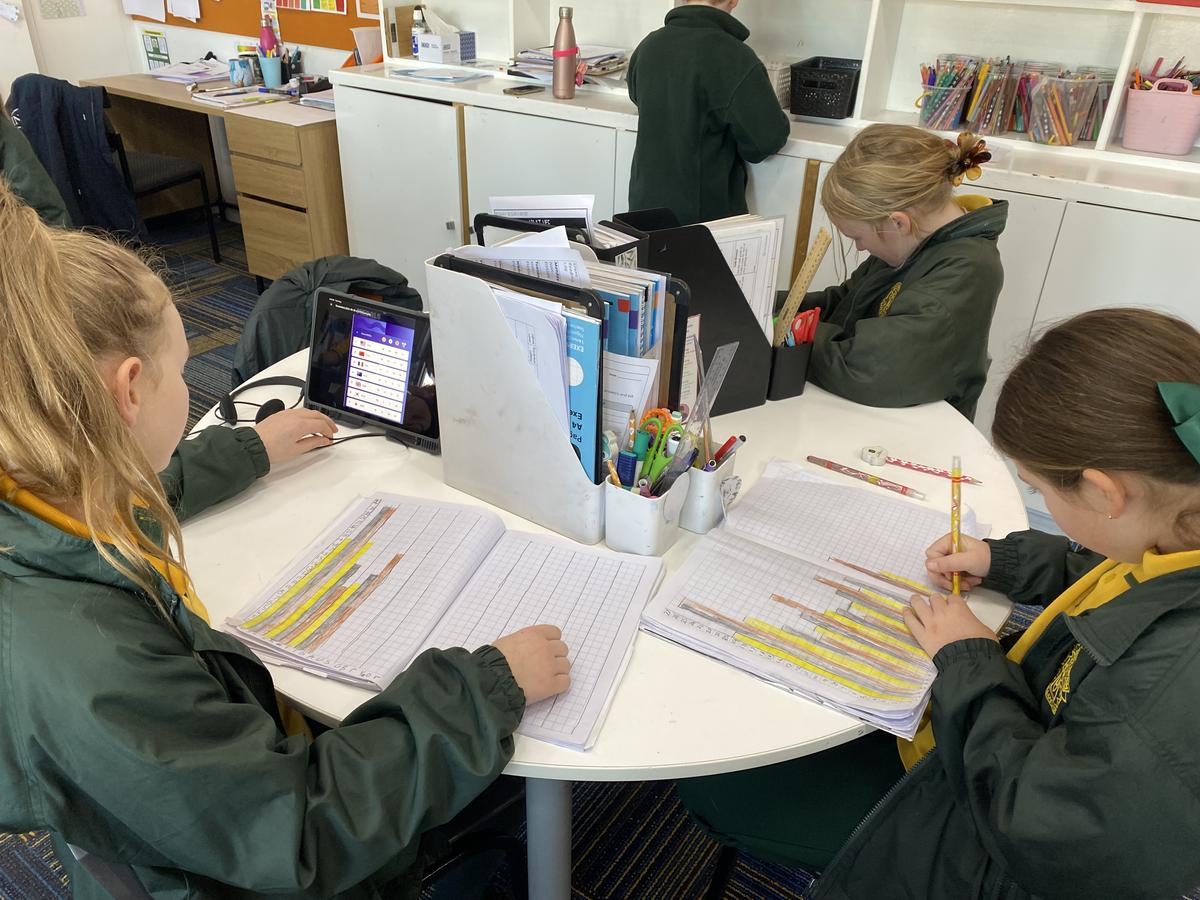
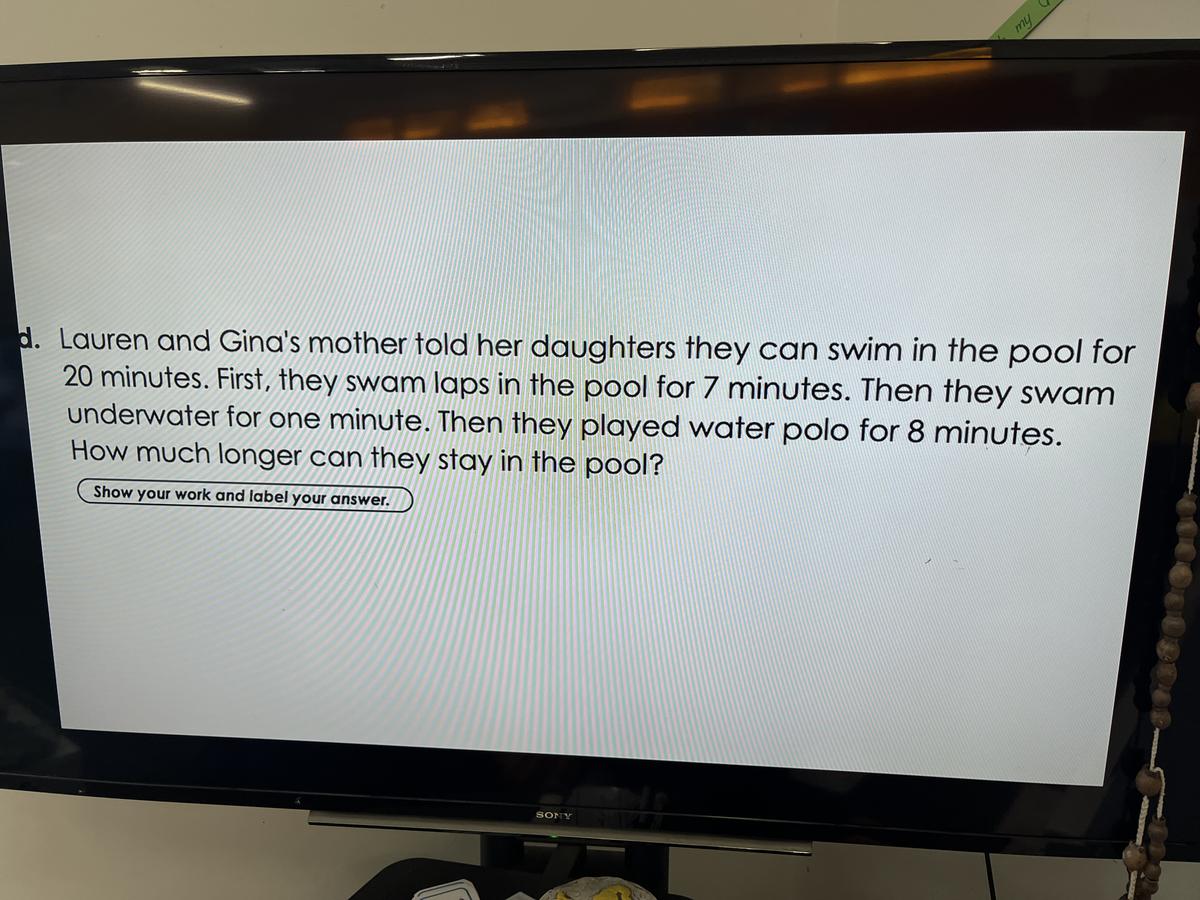
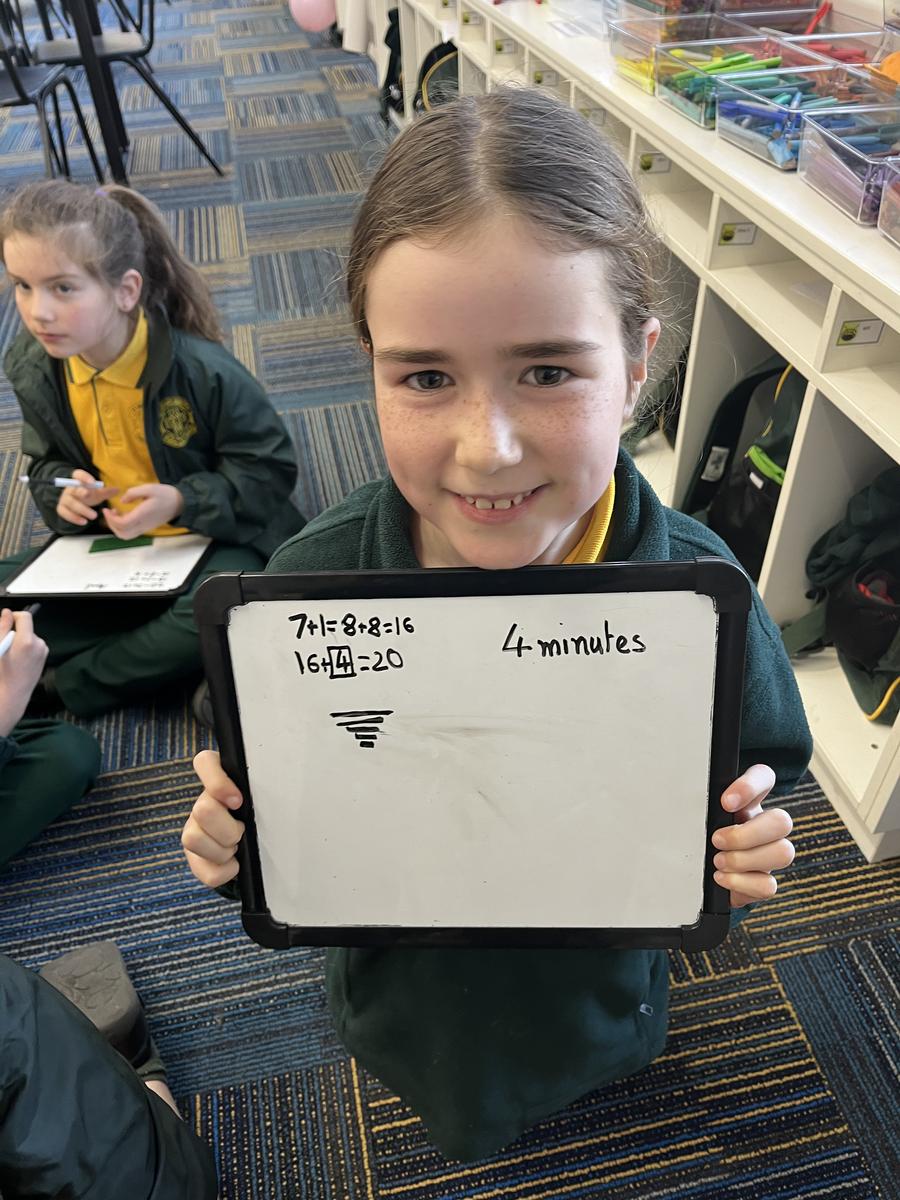
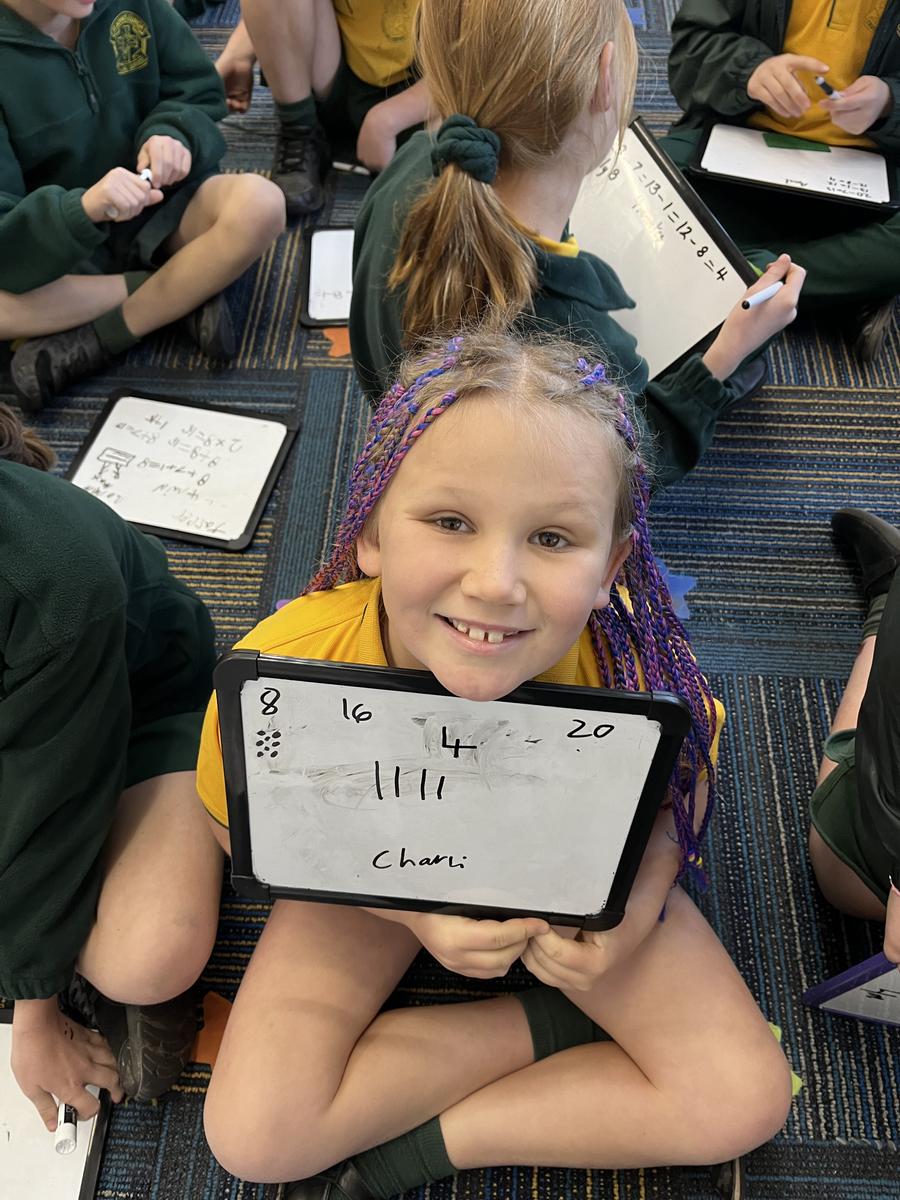
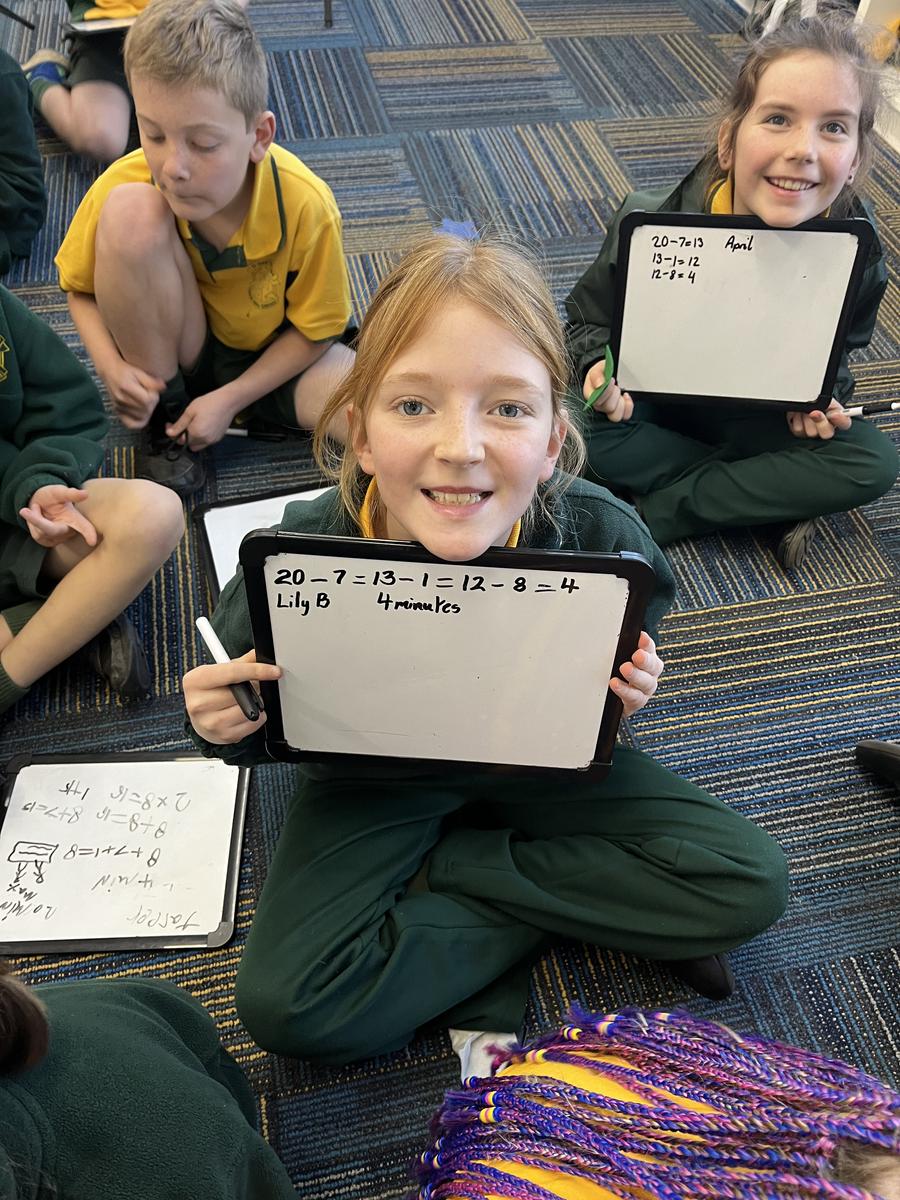
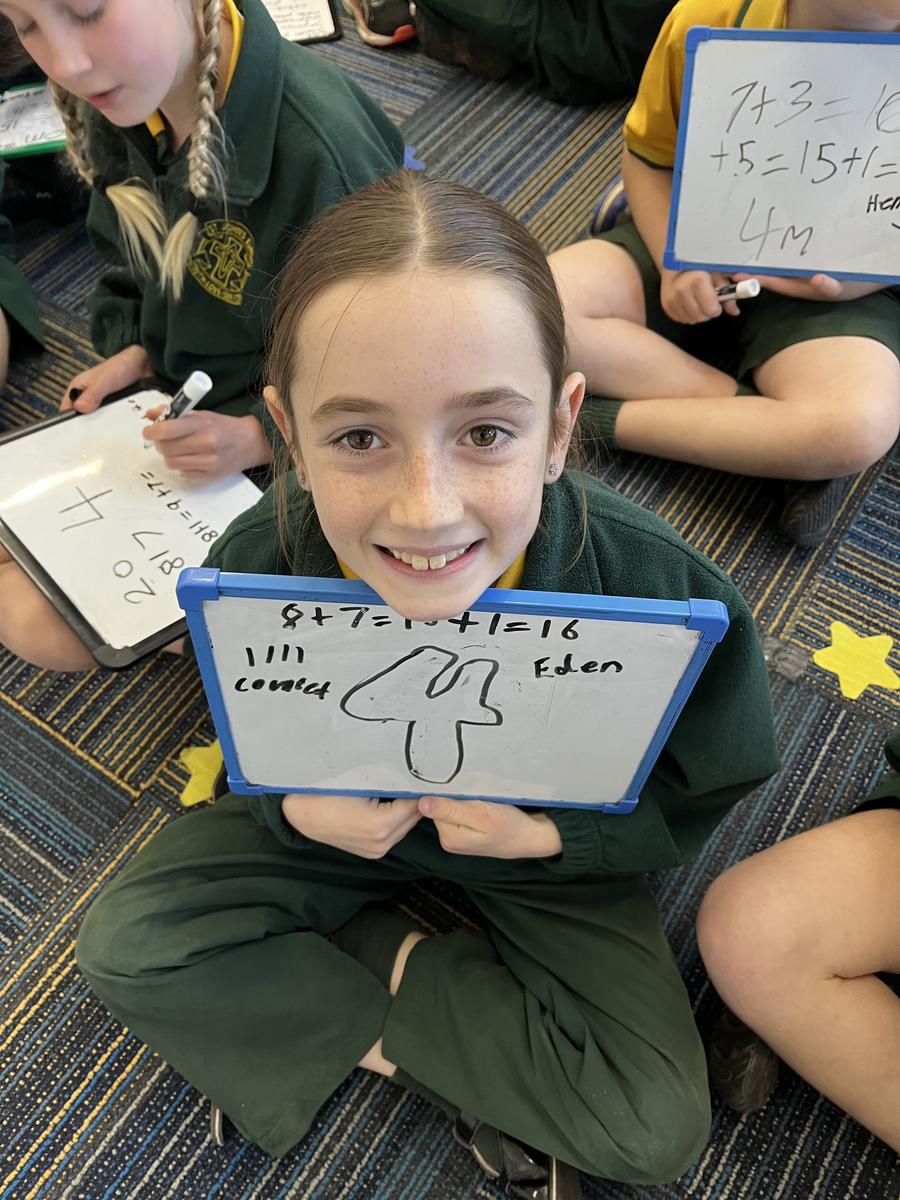
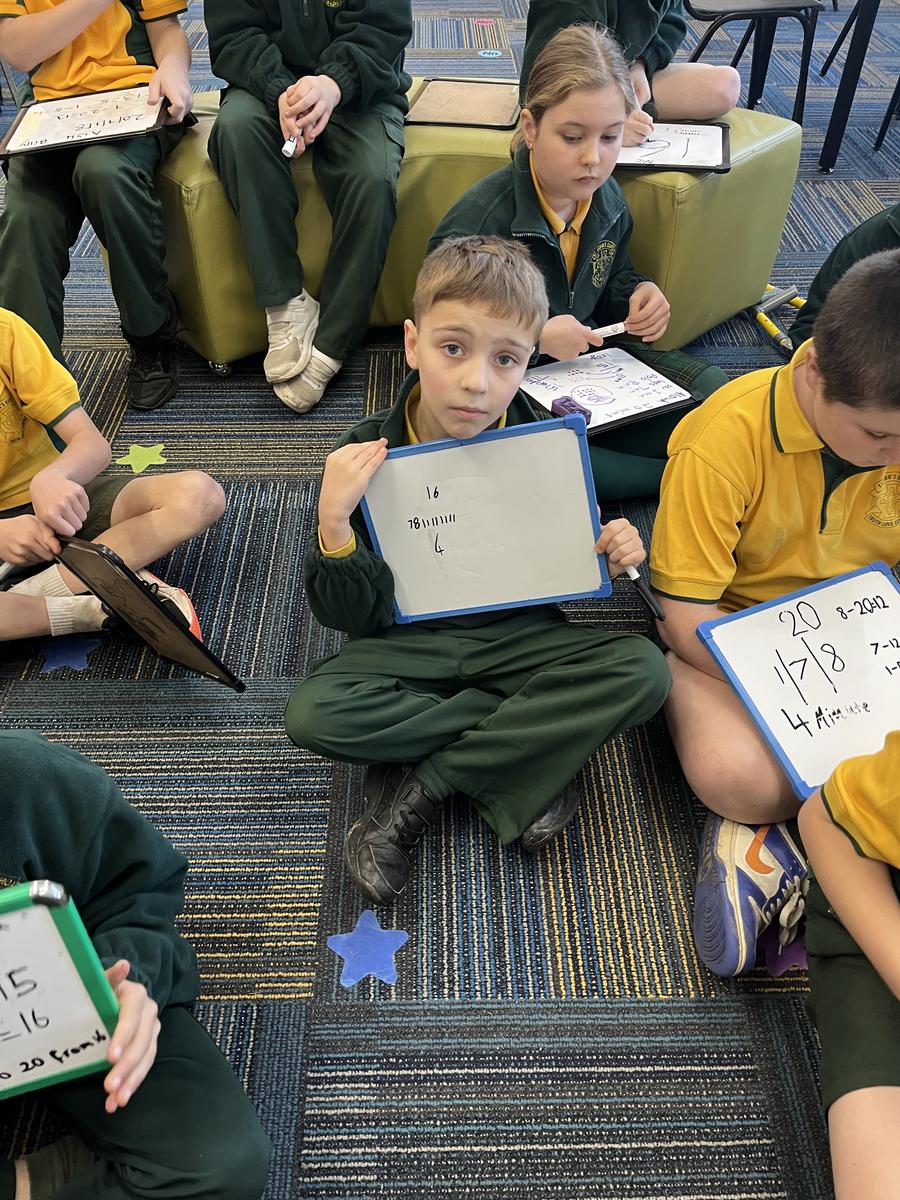
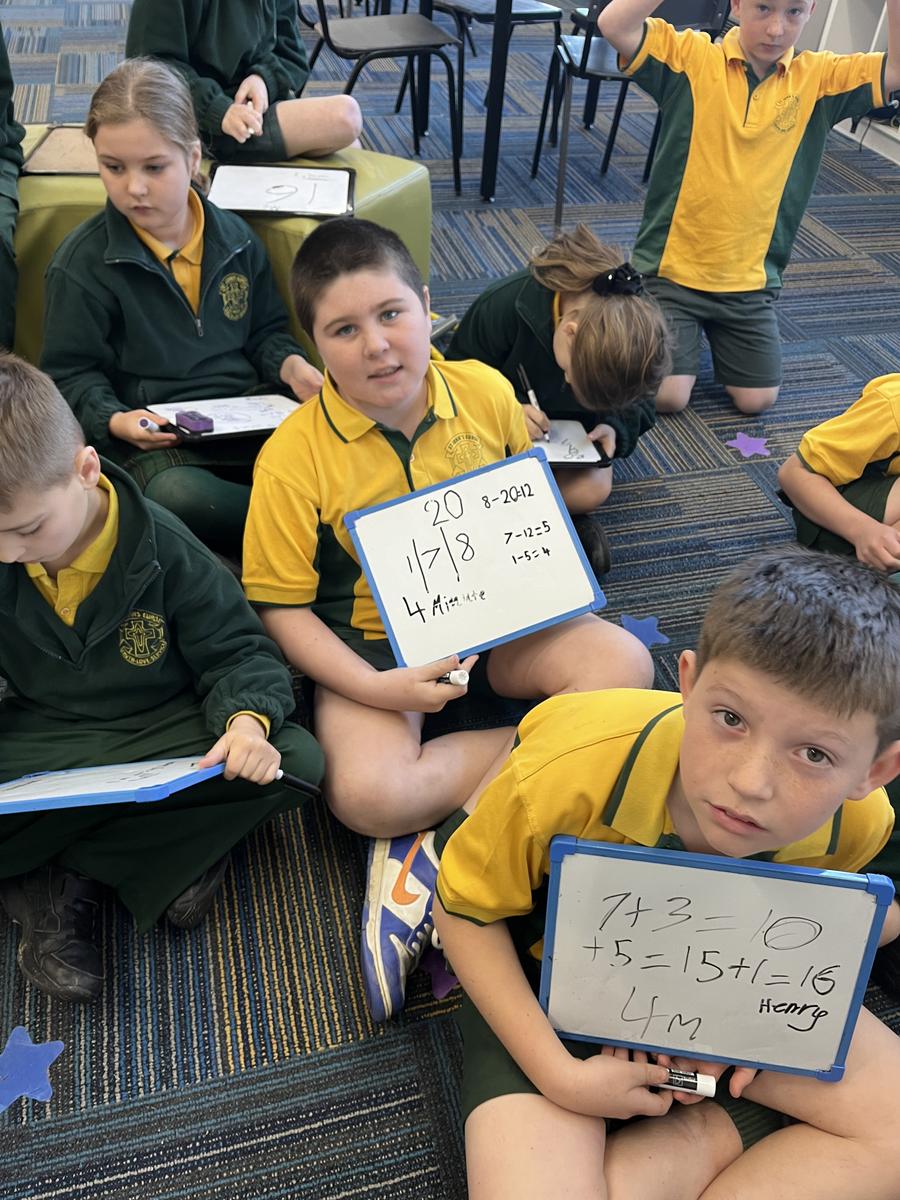
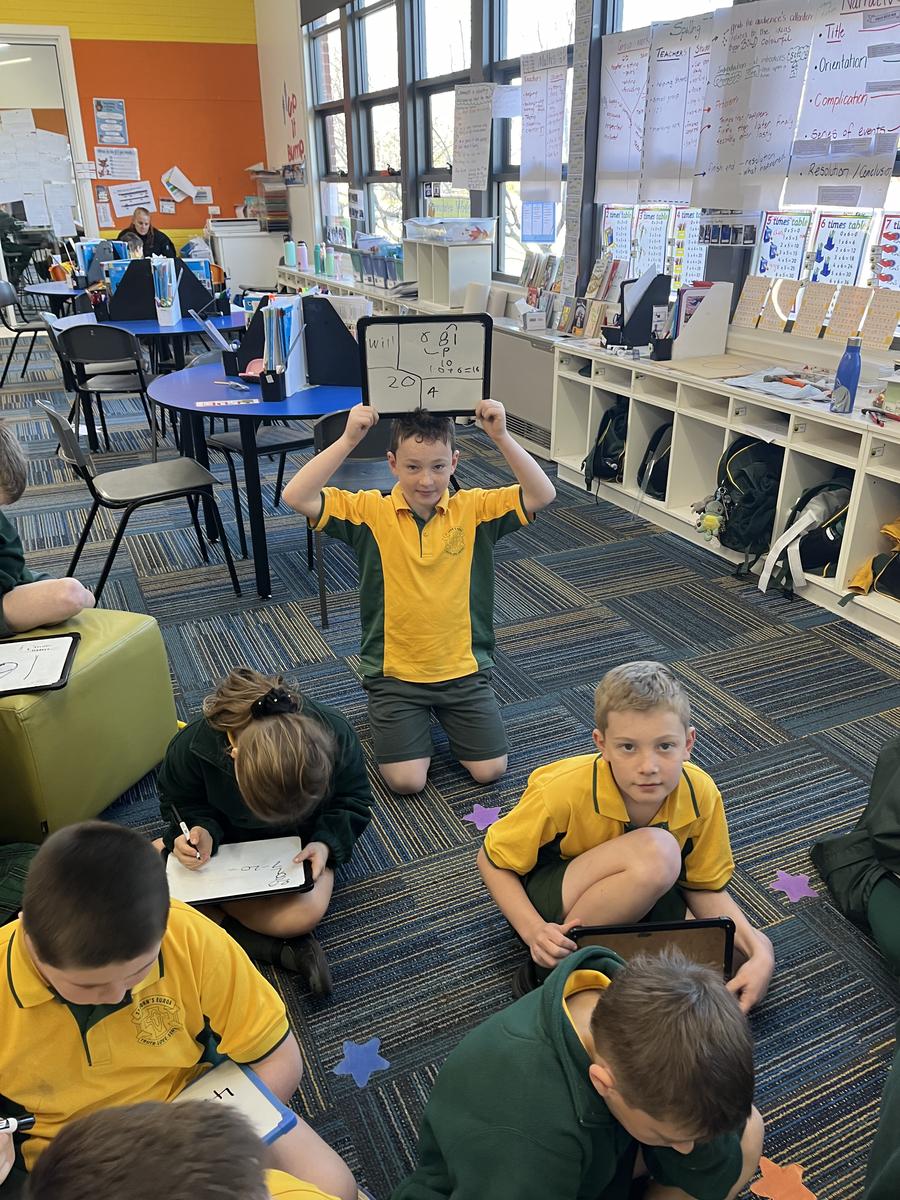
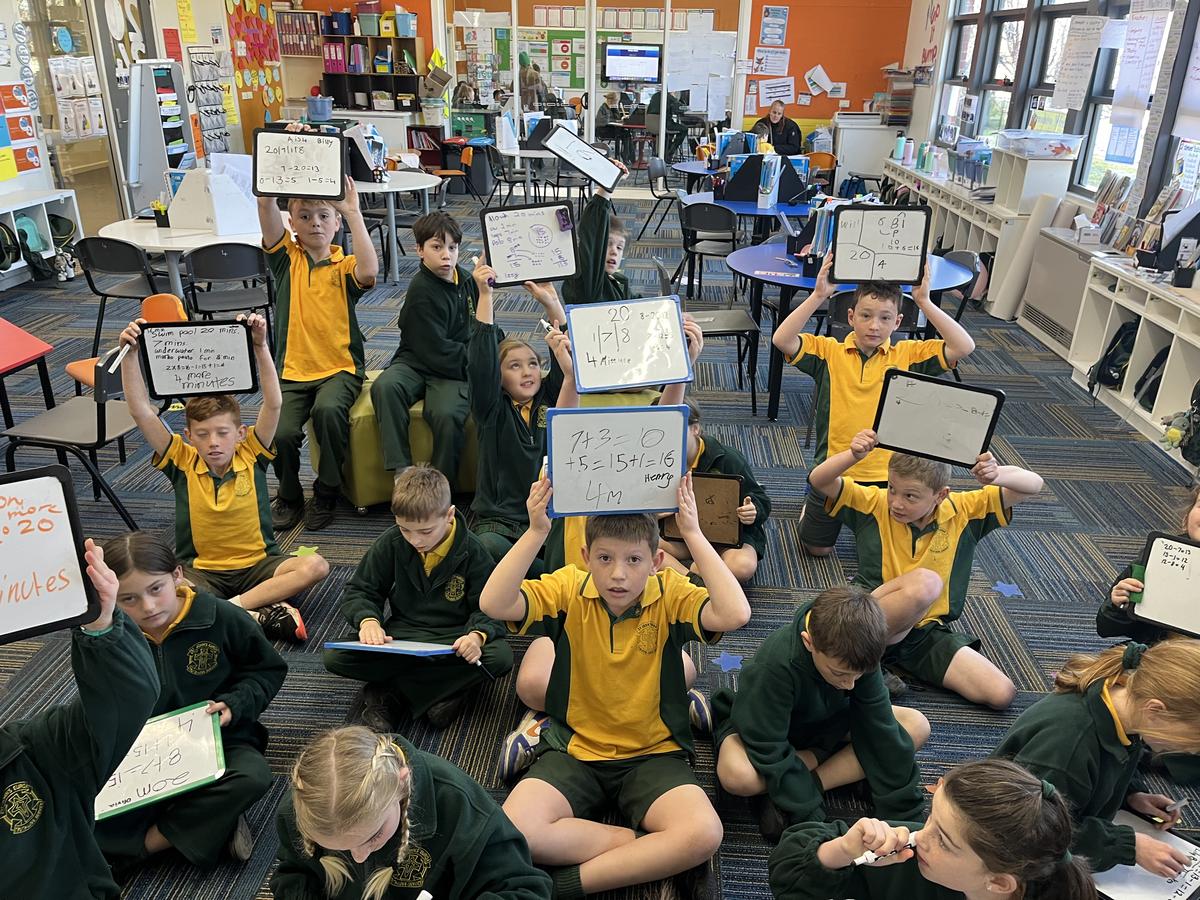










We have been developing our additive thinking skills by solving lots of worded problems.
You have been awarded some land, council approval and a $5 million budget to build a theme park in Euroa! Imagine the excitement and ideas that flew about when the Mathemagicians were given this brief! The students surveyed all classes to find out what features, food and amenities would be popular. The resources provided included information regarding the costs for the rides, attractions, food and amenities. The square meterage for each element also had to be calculated, and all ground not covered needed to be paved. Some students worked on the design plans and others worked on maps showing their theme park.
Christine Buhler - Numeracy Specialist
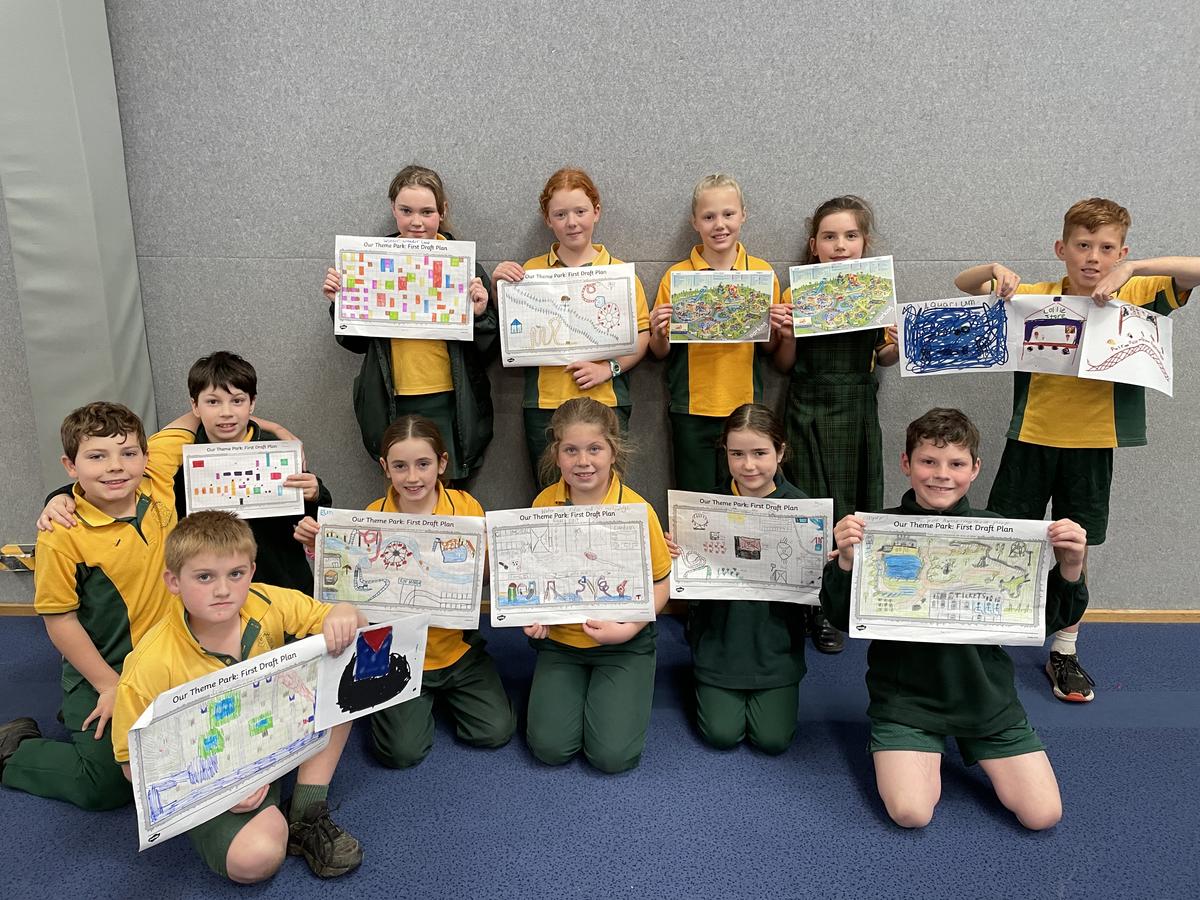

Ever thought about what you can do to help your child build essential life long maths skills? Here is a website to help you with some great ideas to do at home.
Another website the children love to play when there are a few minutes of early finisher time is mathplayground. Why don't you spend some family time exploring some of these activities.
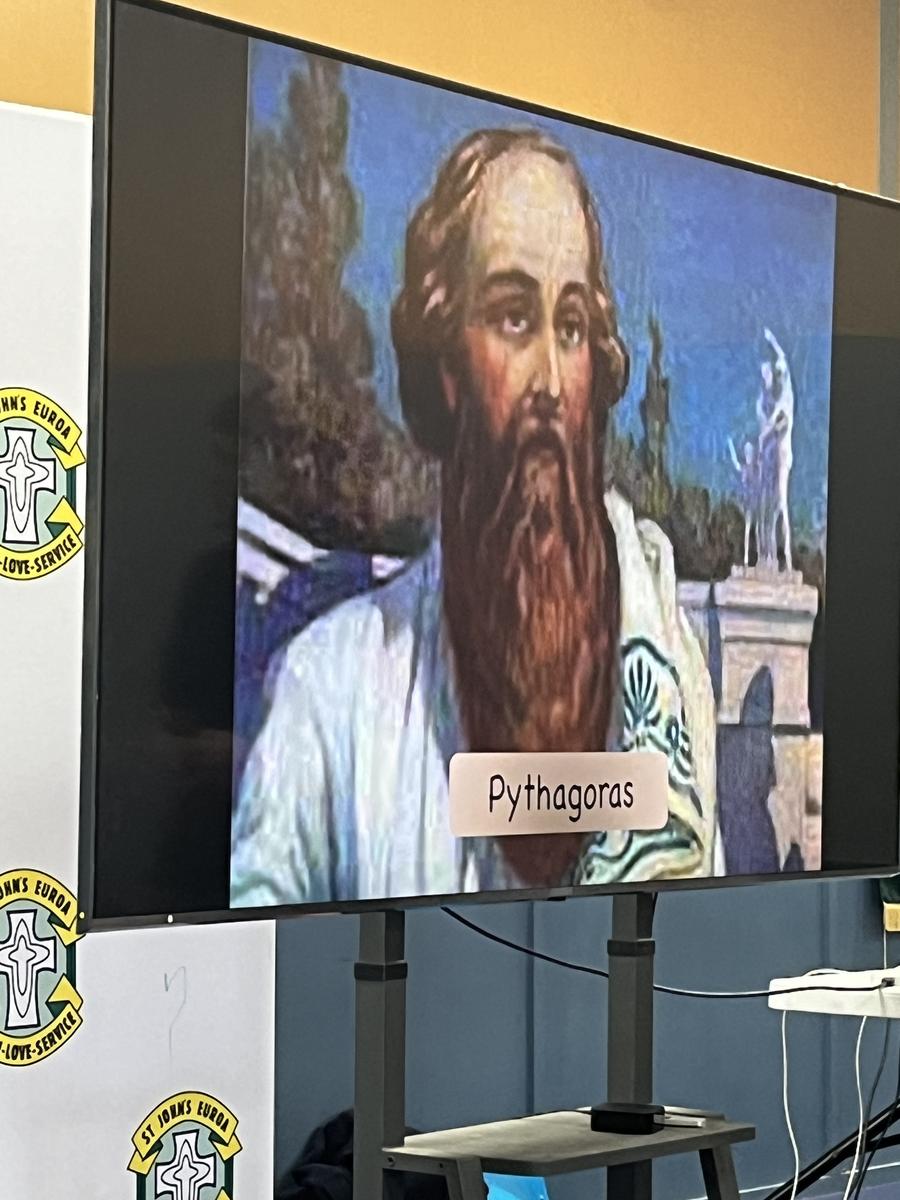
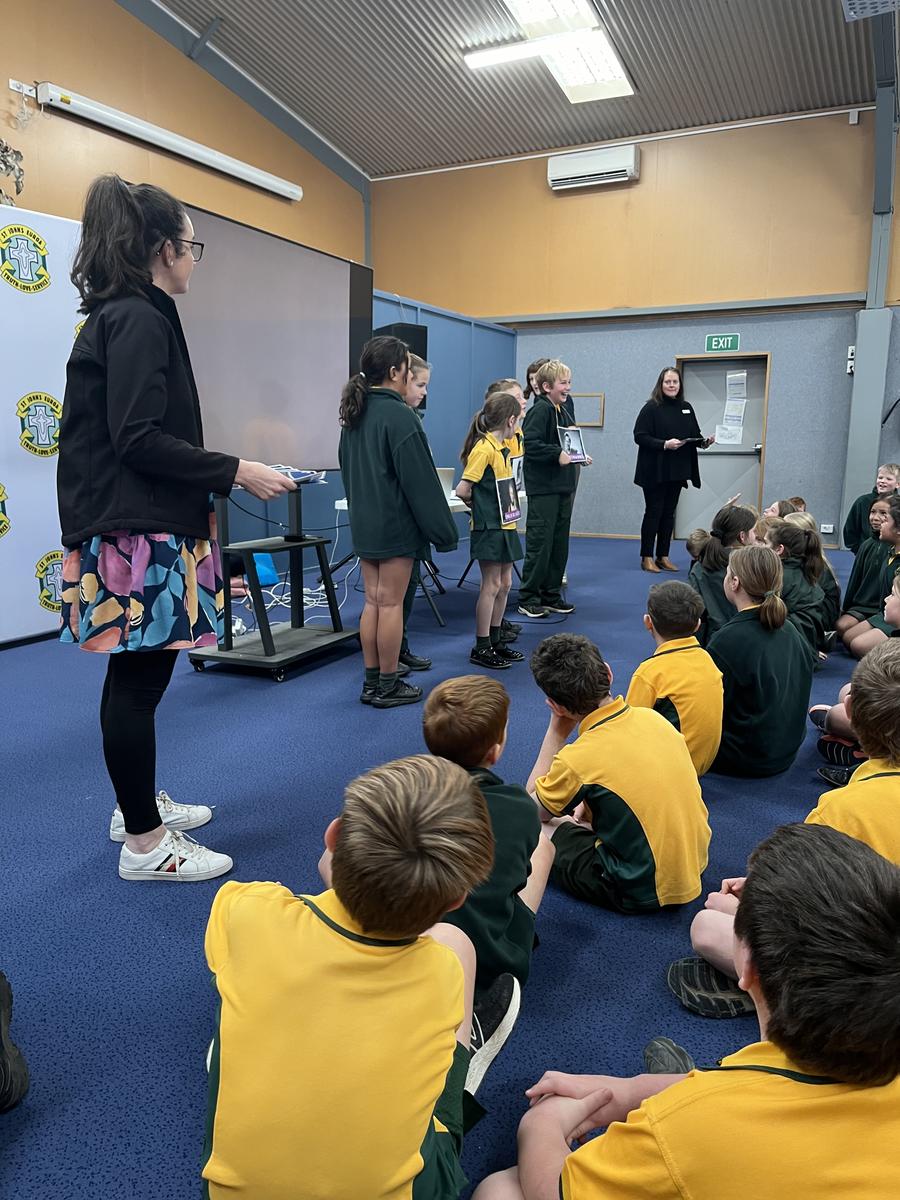
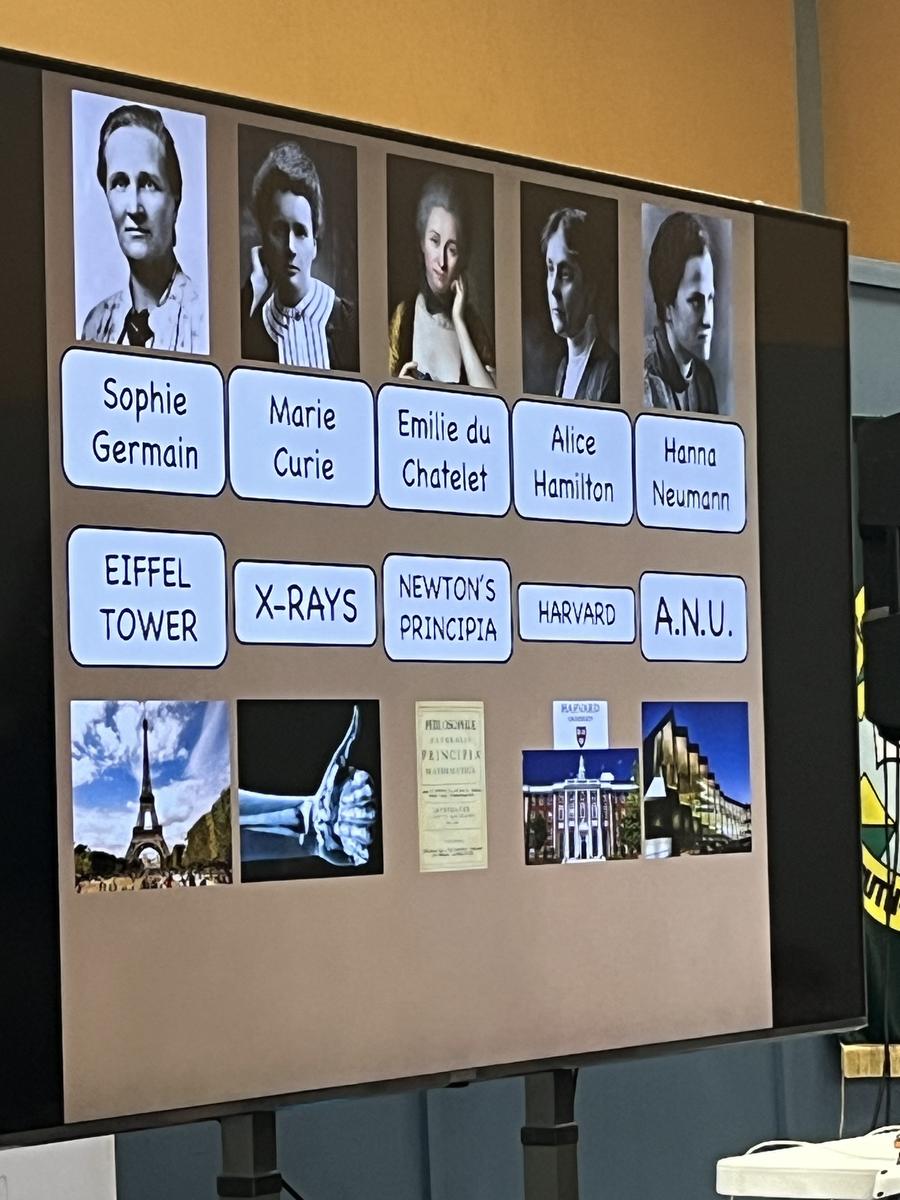
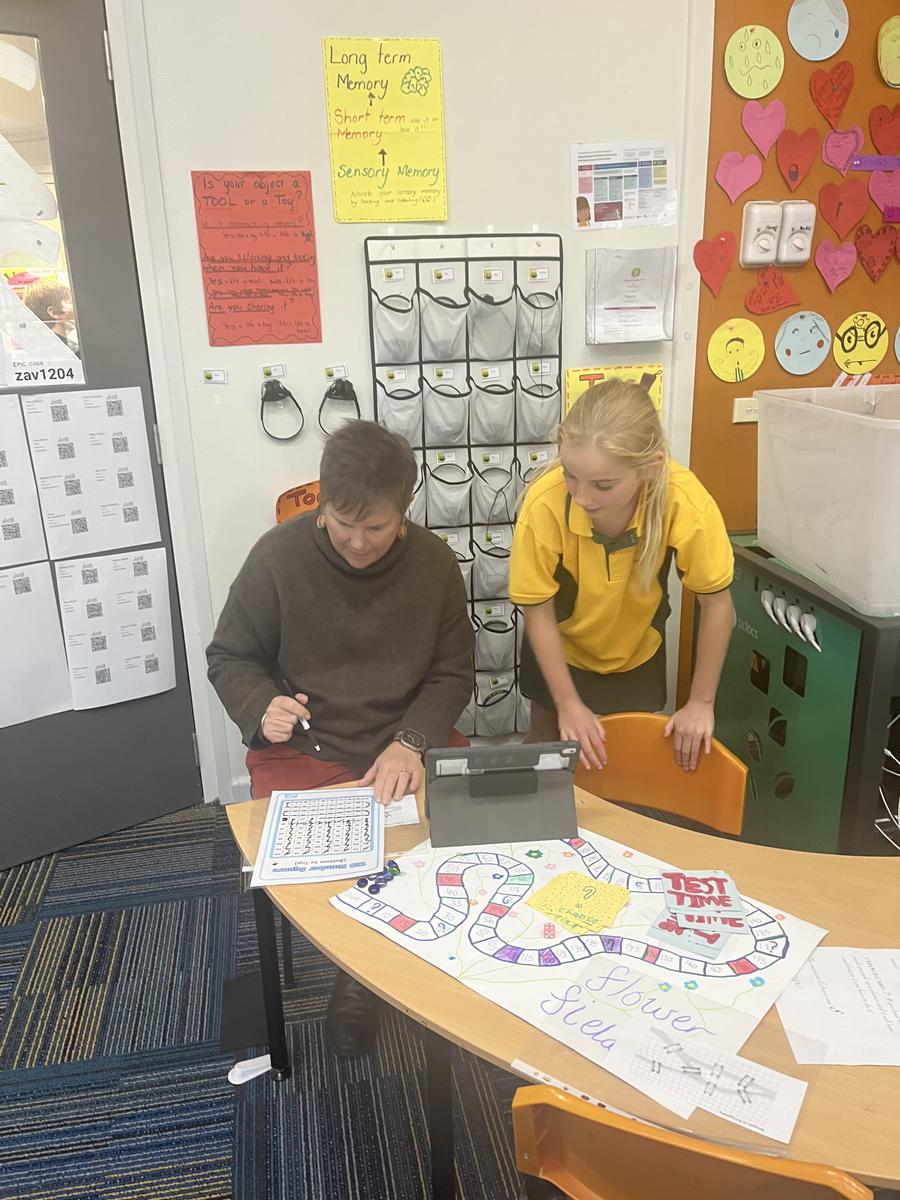
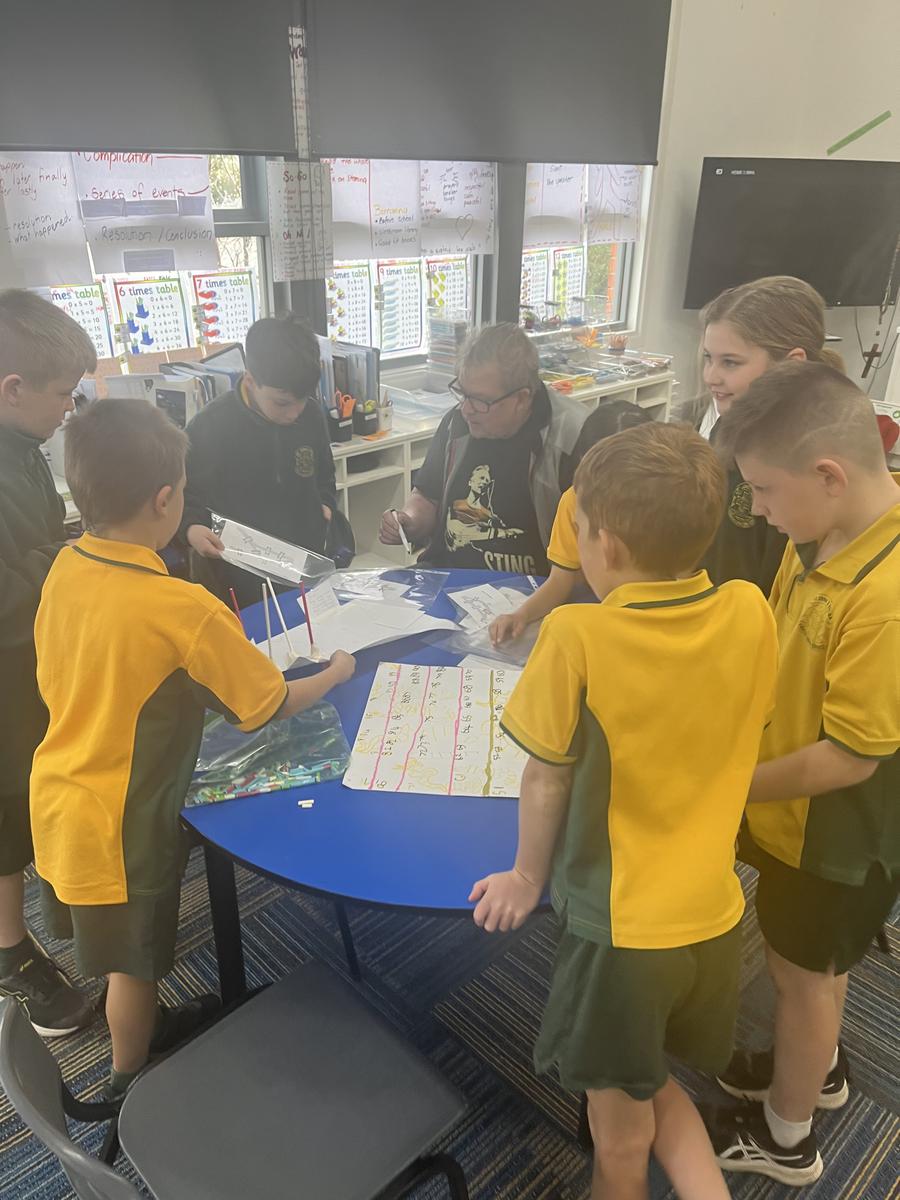
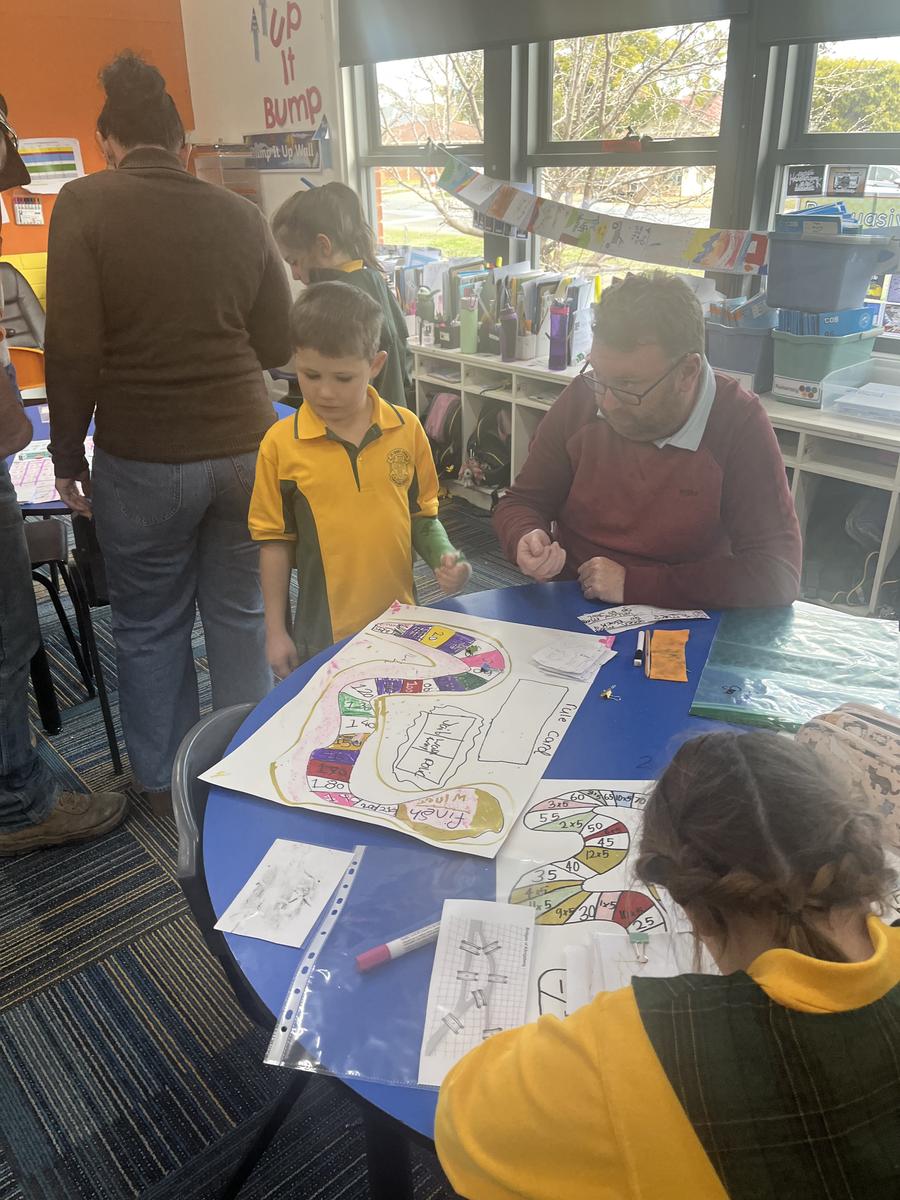
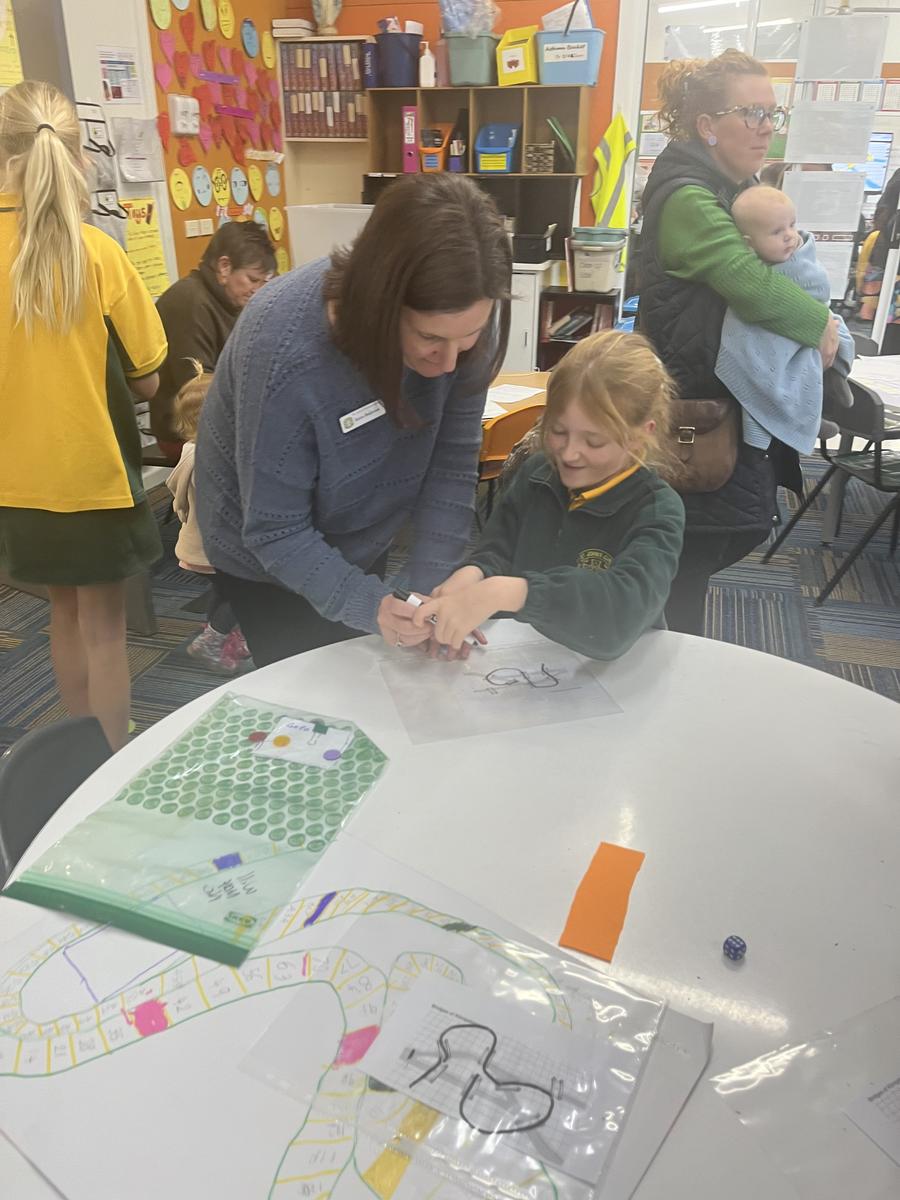
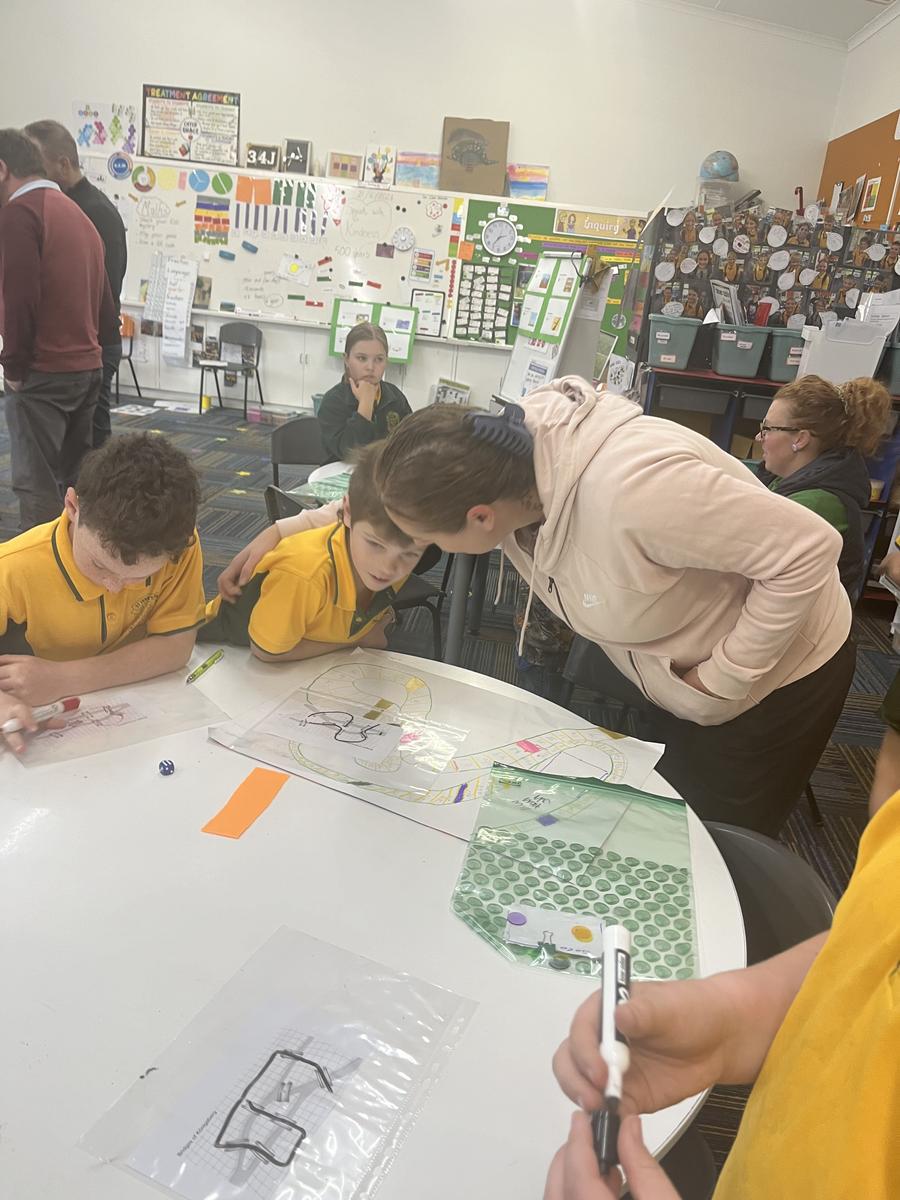
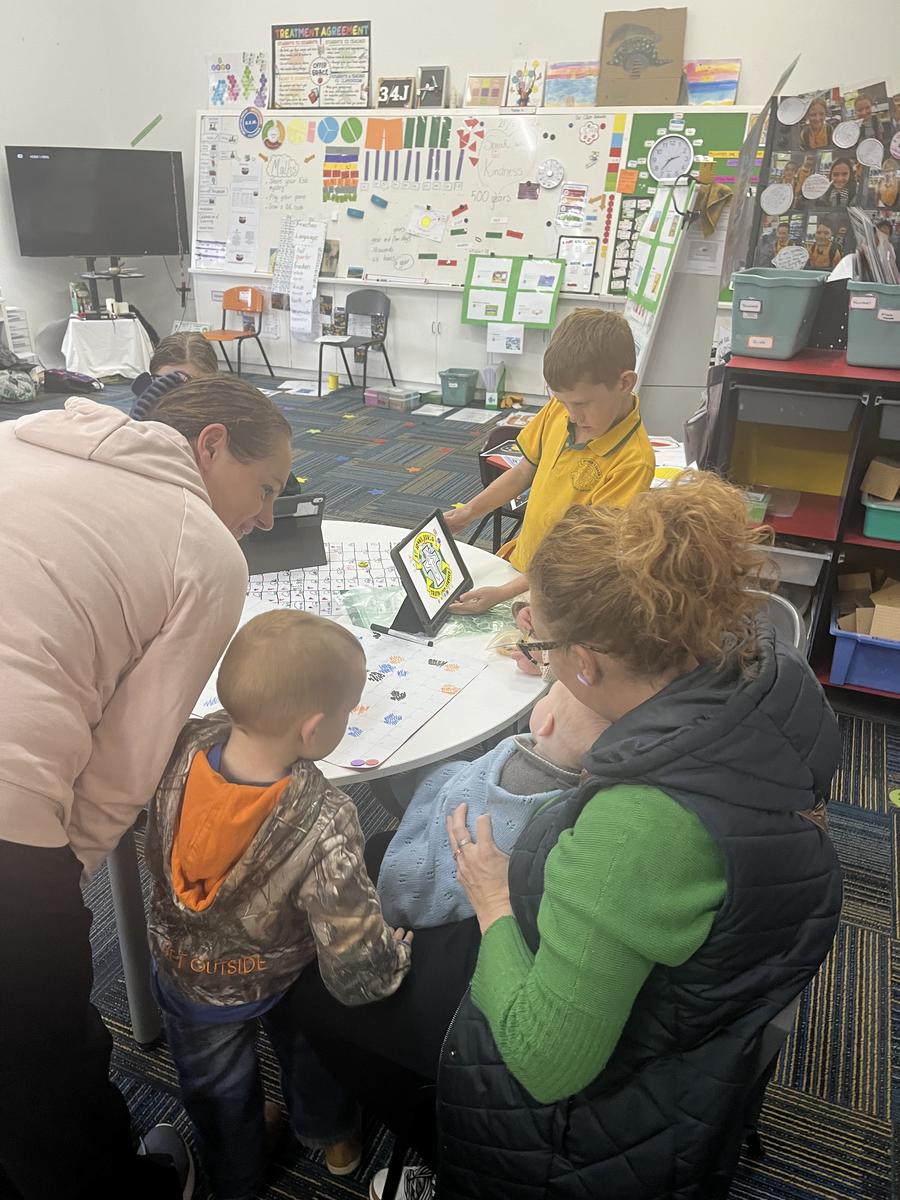
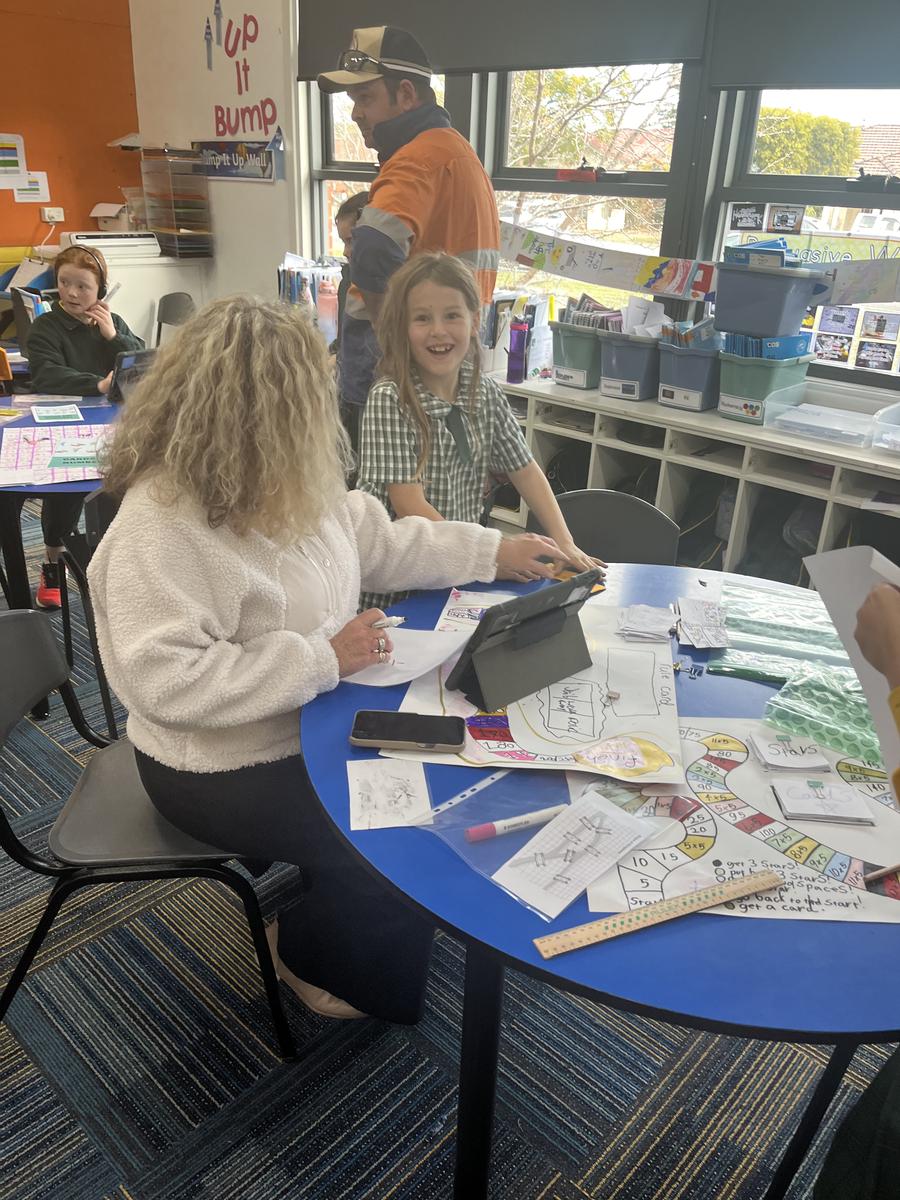
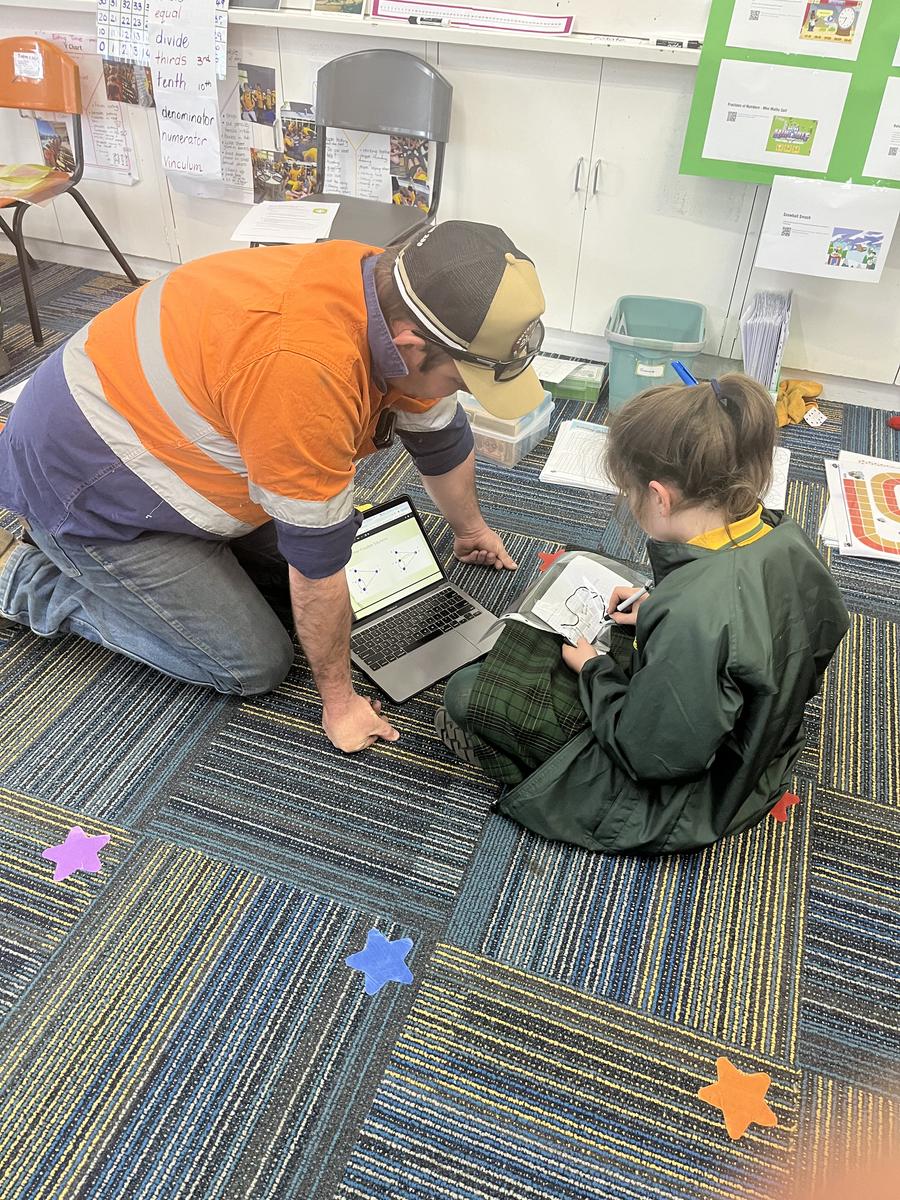
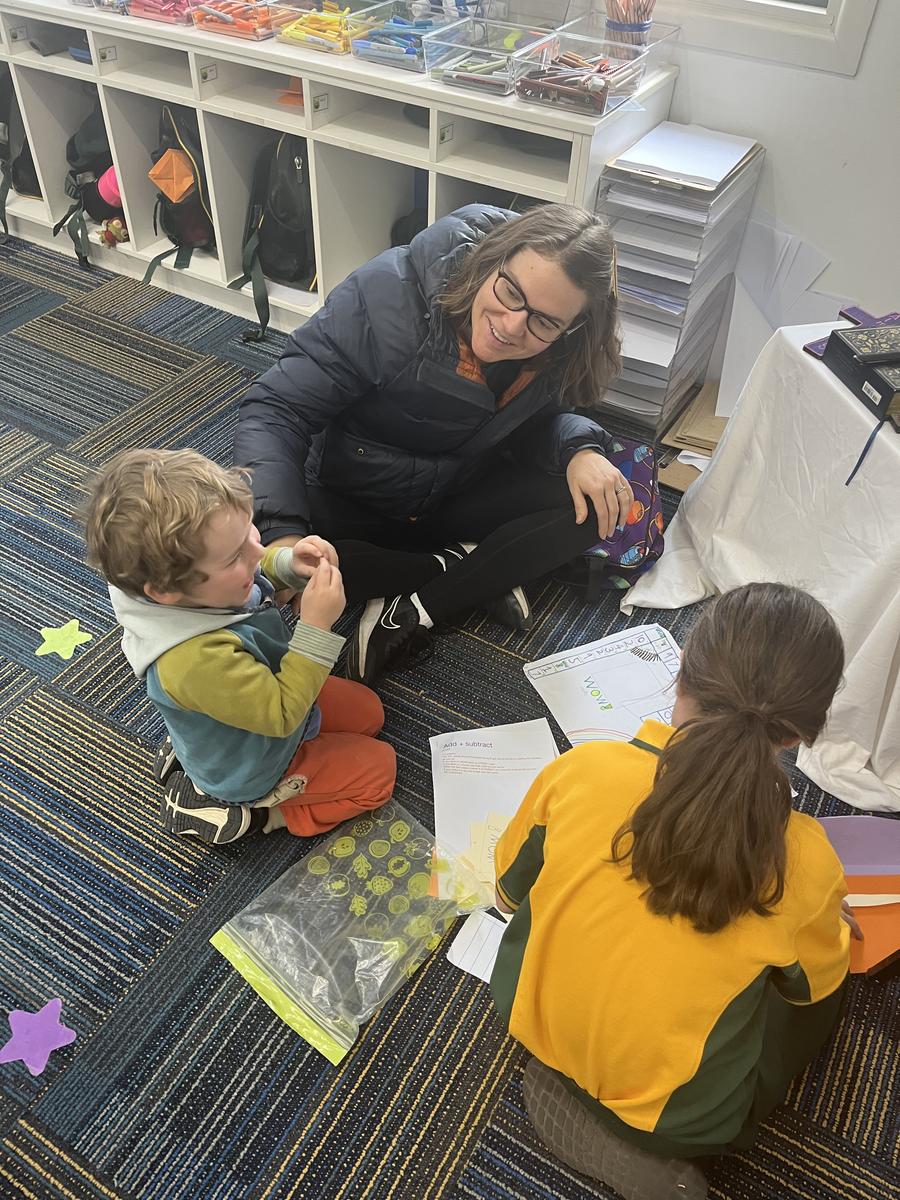
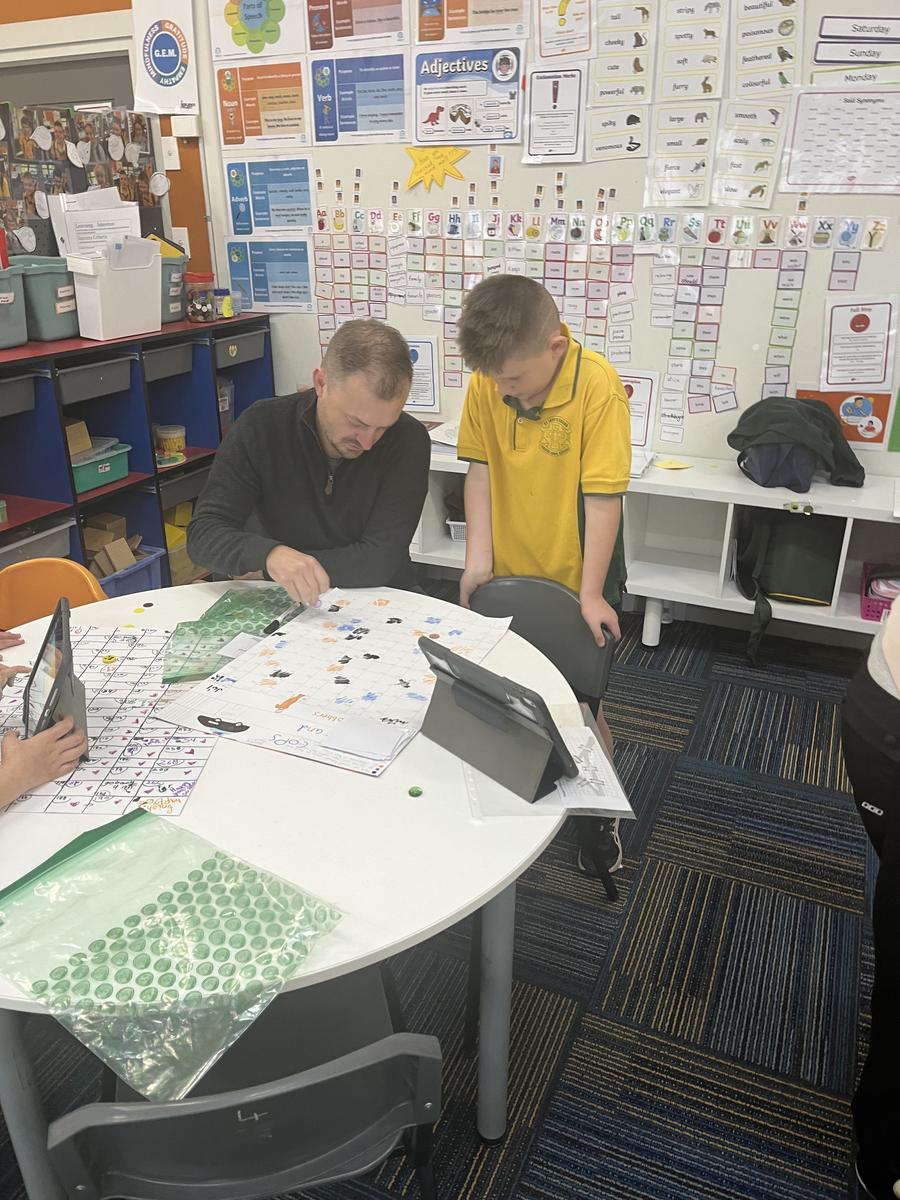
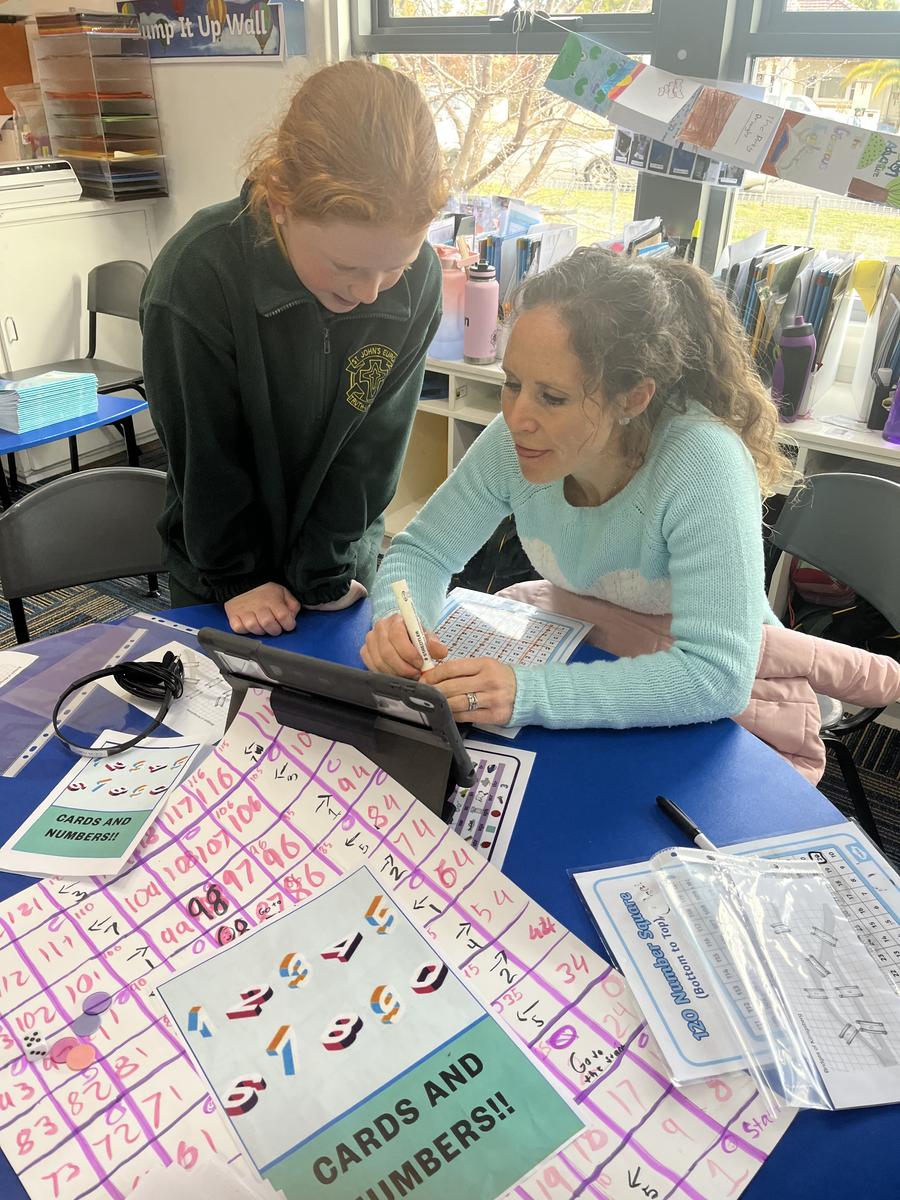
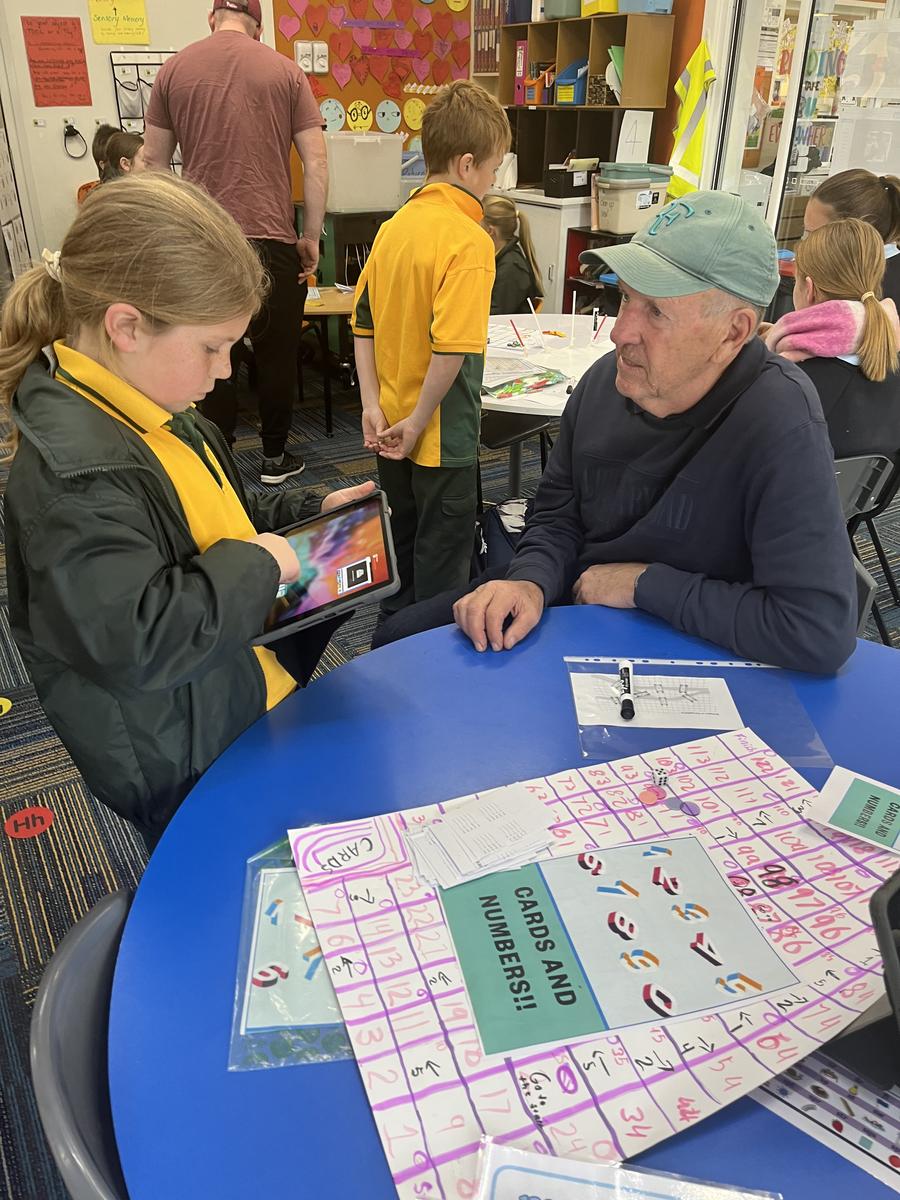
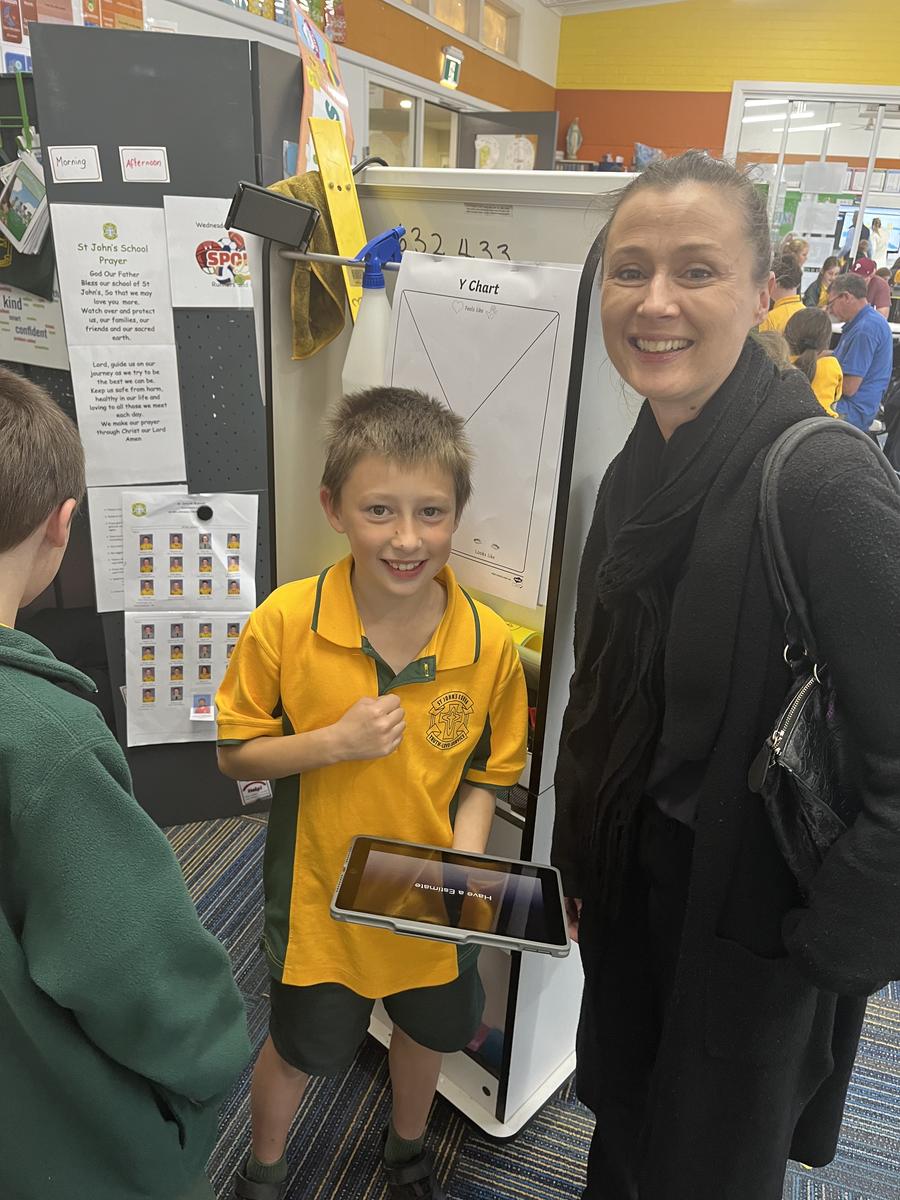
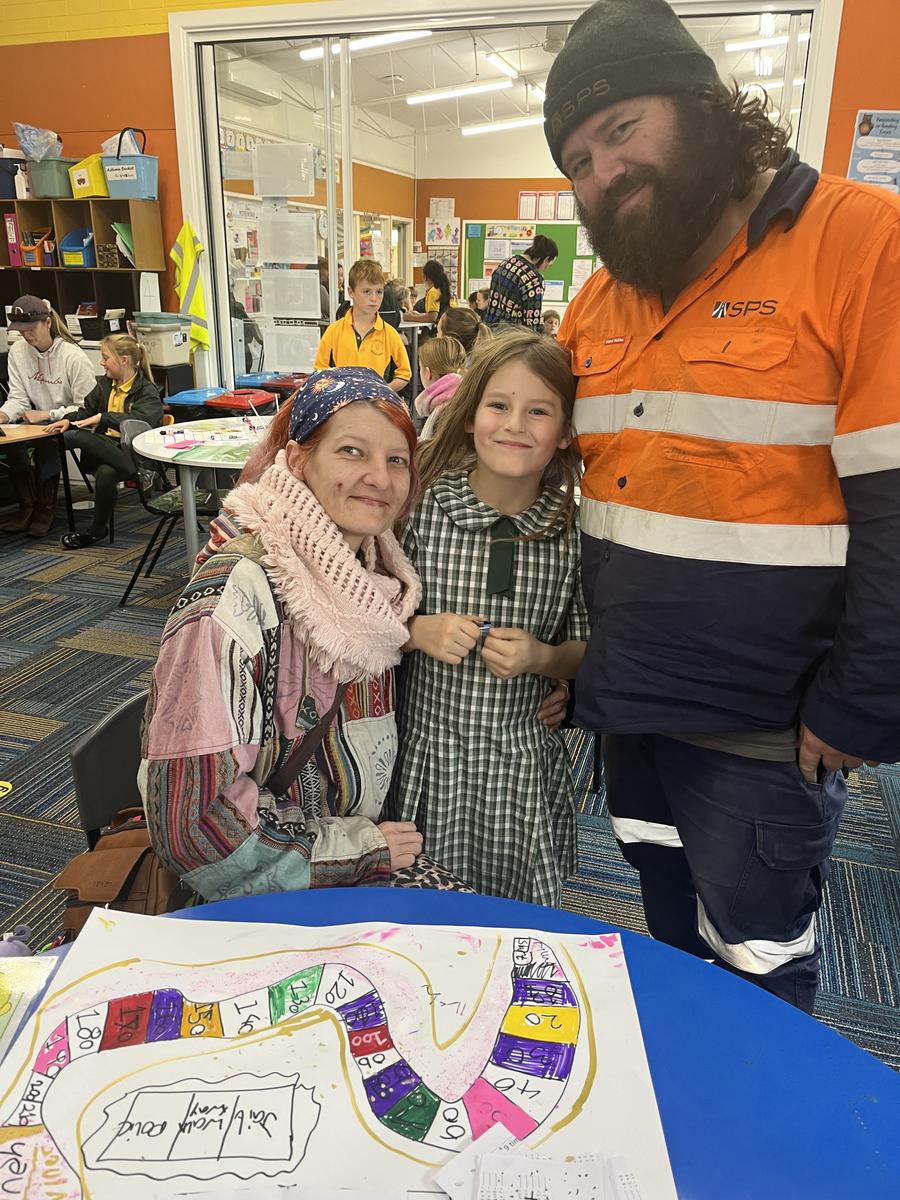

















This term we have started a History inquiry about Australian Celebrations and commemorations around the world. In this unit, students explore the historical features and diversity of their community as represented by symbols and emblems of significance and the different celebrations and commemorations held in Australia. They will investigate the origins of our state and national emblems and flags and also conduct an inquiry process on a significant Australian celebration or commemoration, for example, Anzac Day, Australia Day or Sorry Day.
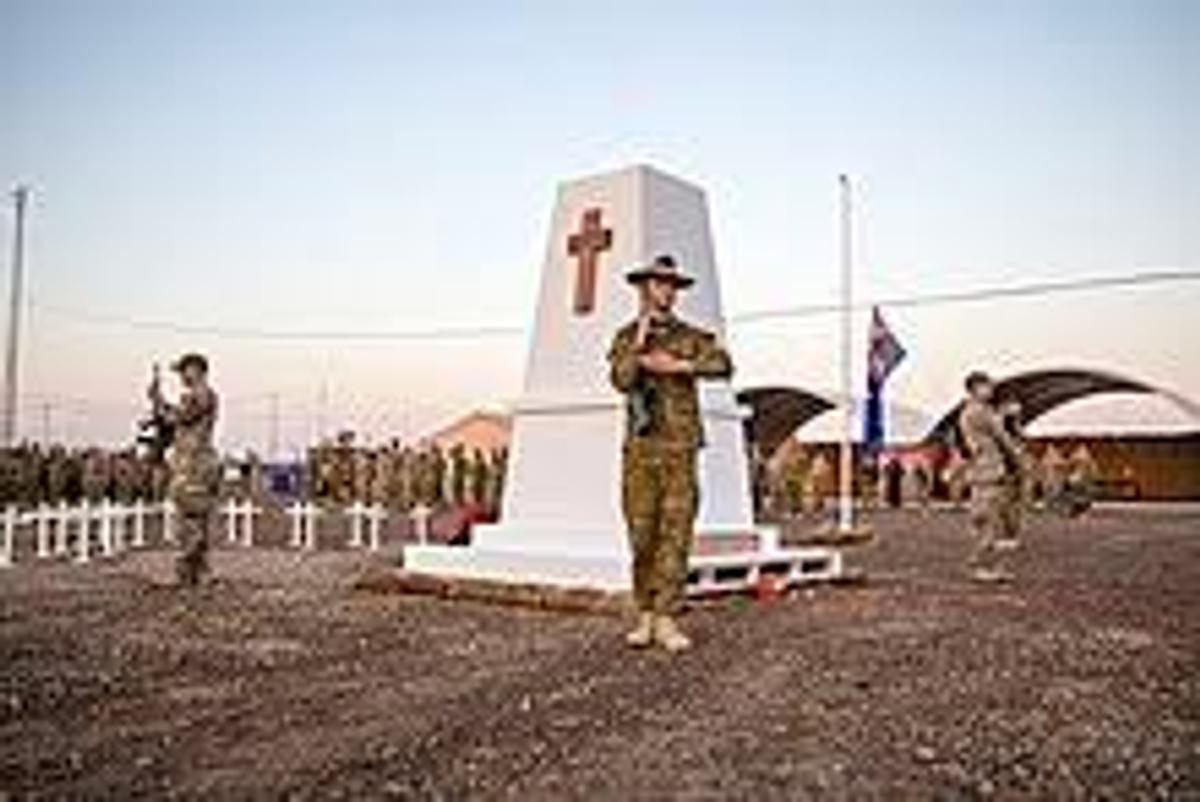

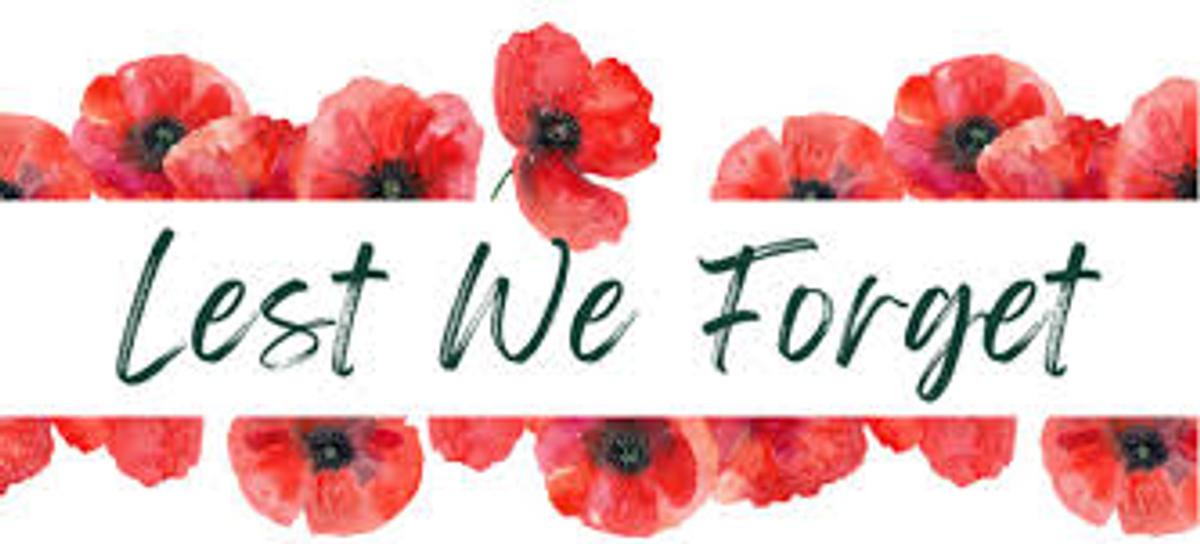

We were fortunate to be one of the recipient schools of the Mushrooms in Schools Program in 2024. We will be growing mushrooms for the rest of the term and completing some activities that involve the lifecycle, measurement, questions and experiments. We are hoping to do some cooking too if we grow enough! Stay tuned for more mushroom news in our next edition!
This session we learnt a few new activities and Amalie had us tricked! When she said 'head it' you had to catch it and when she said 'catch it' you had to head butt the ball. A great game for listening skills! We also got to play Windows and Snatch, two of our favourites! We thank Amalie for her engaging session in Jimmy's absence.
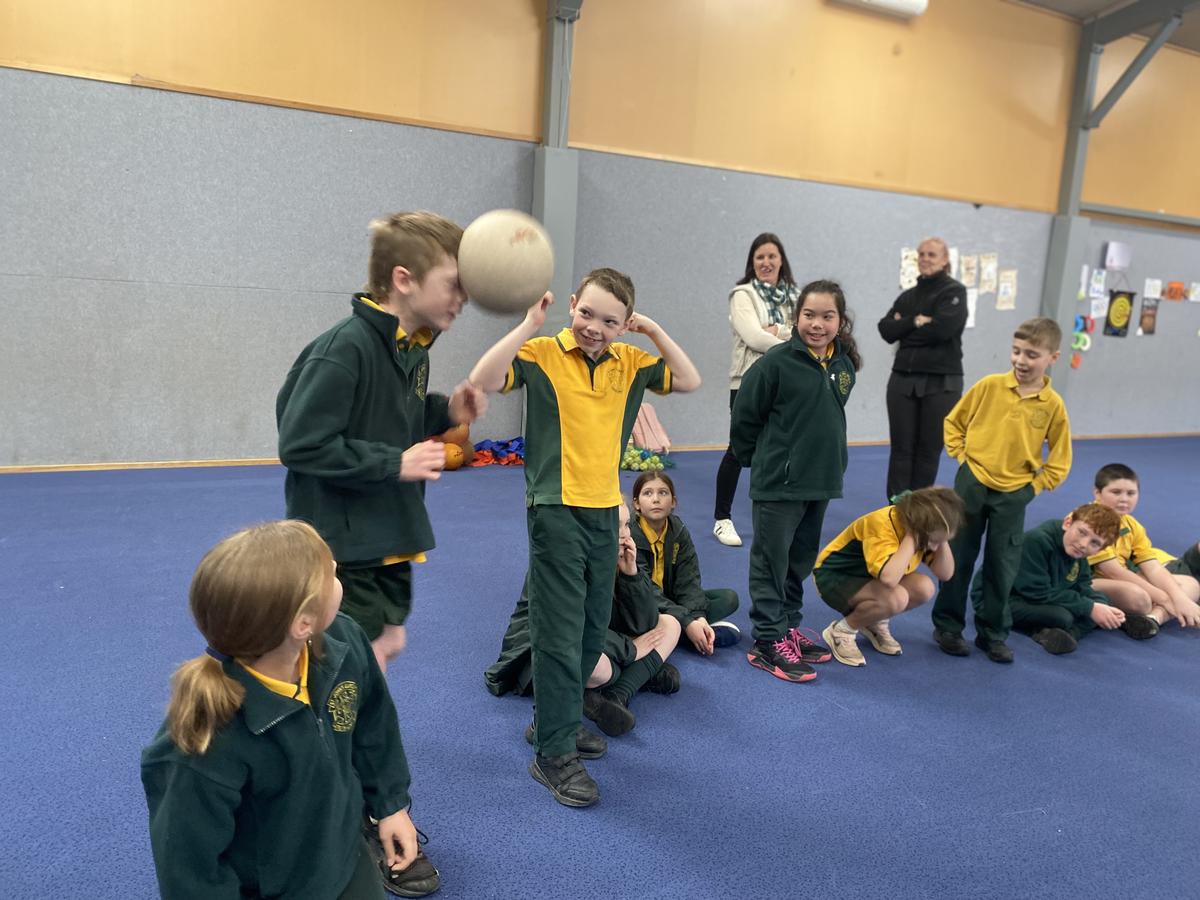
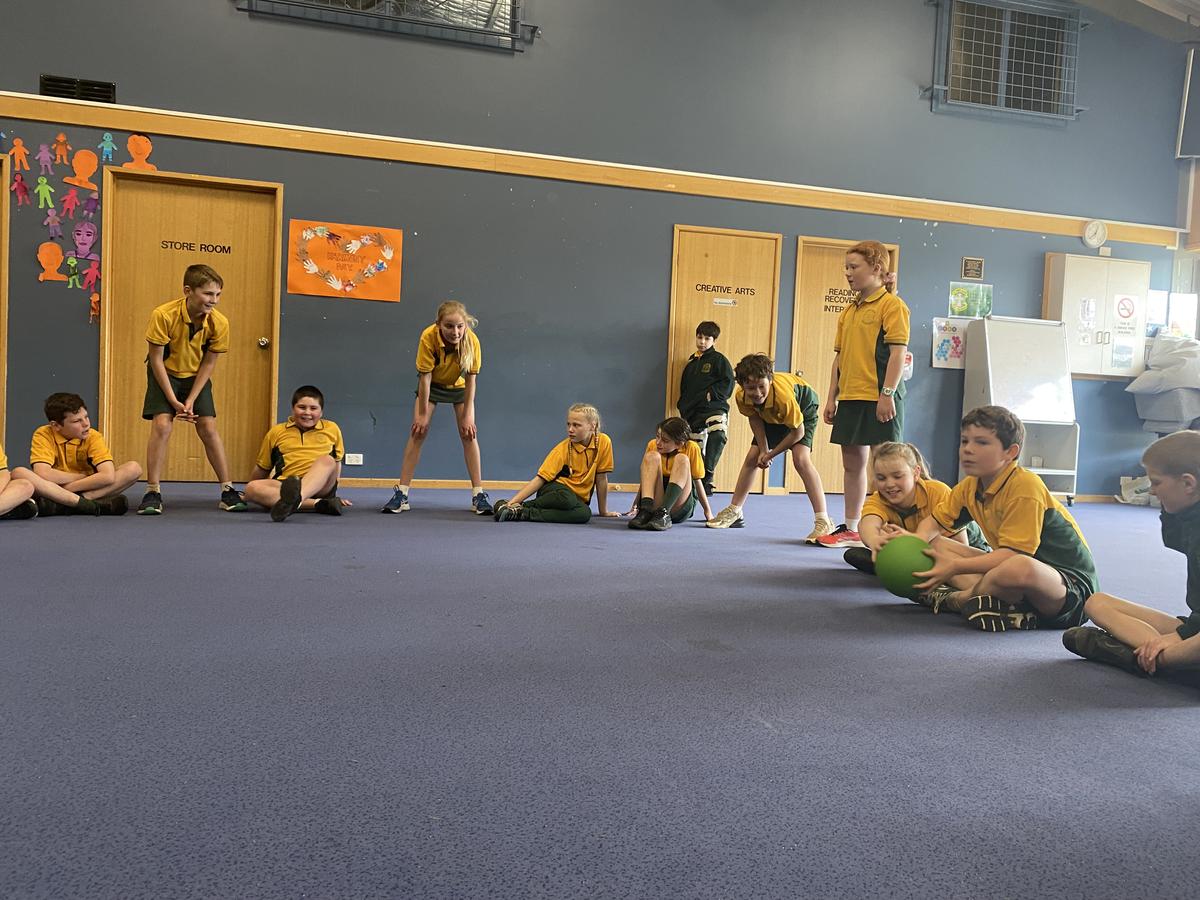
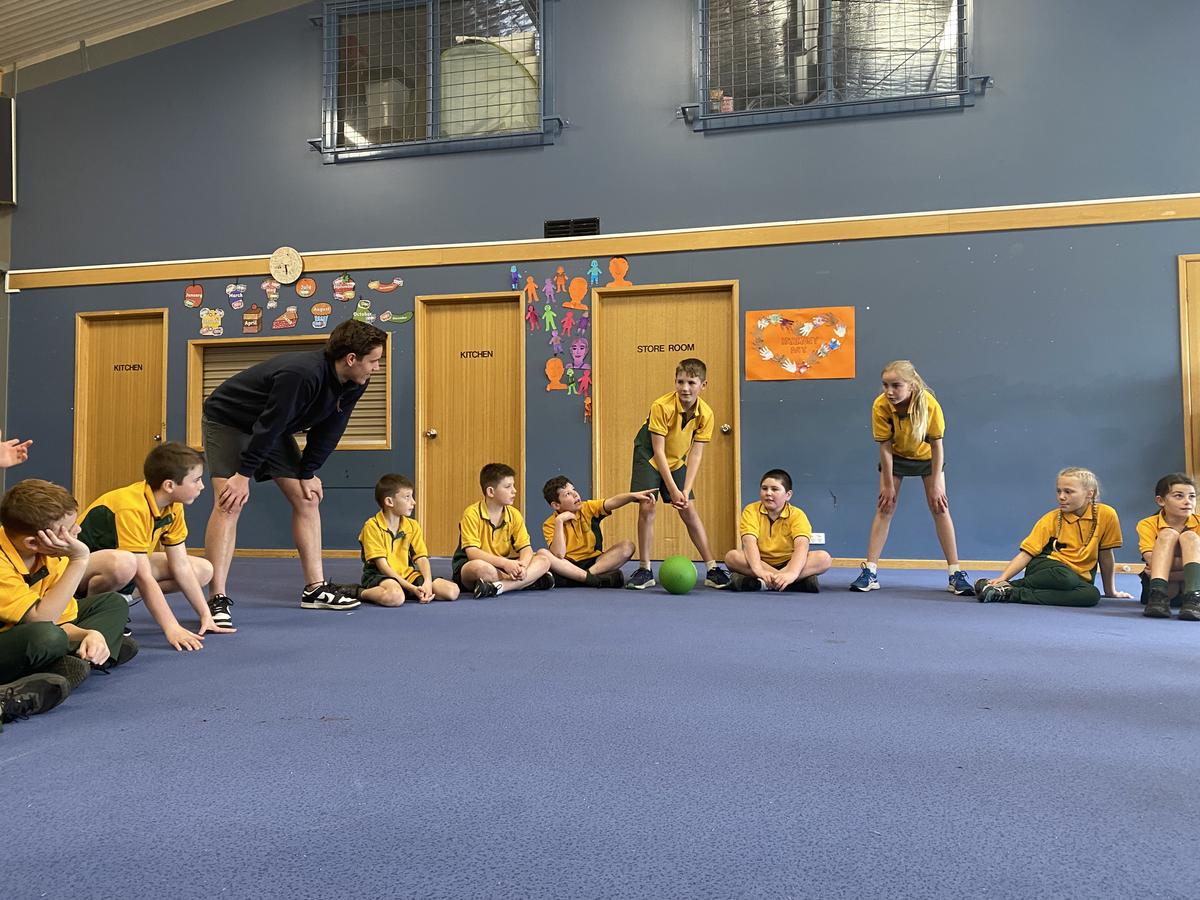
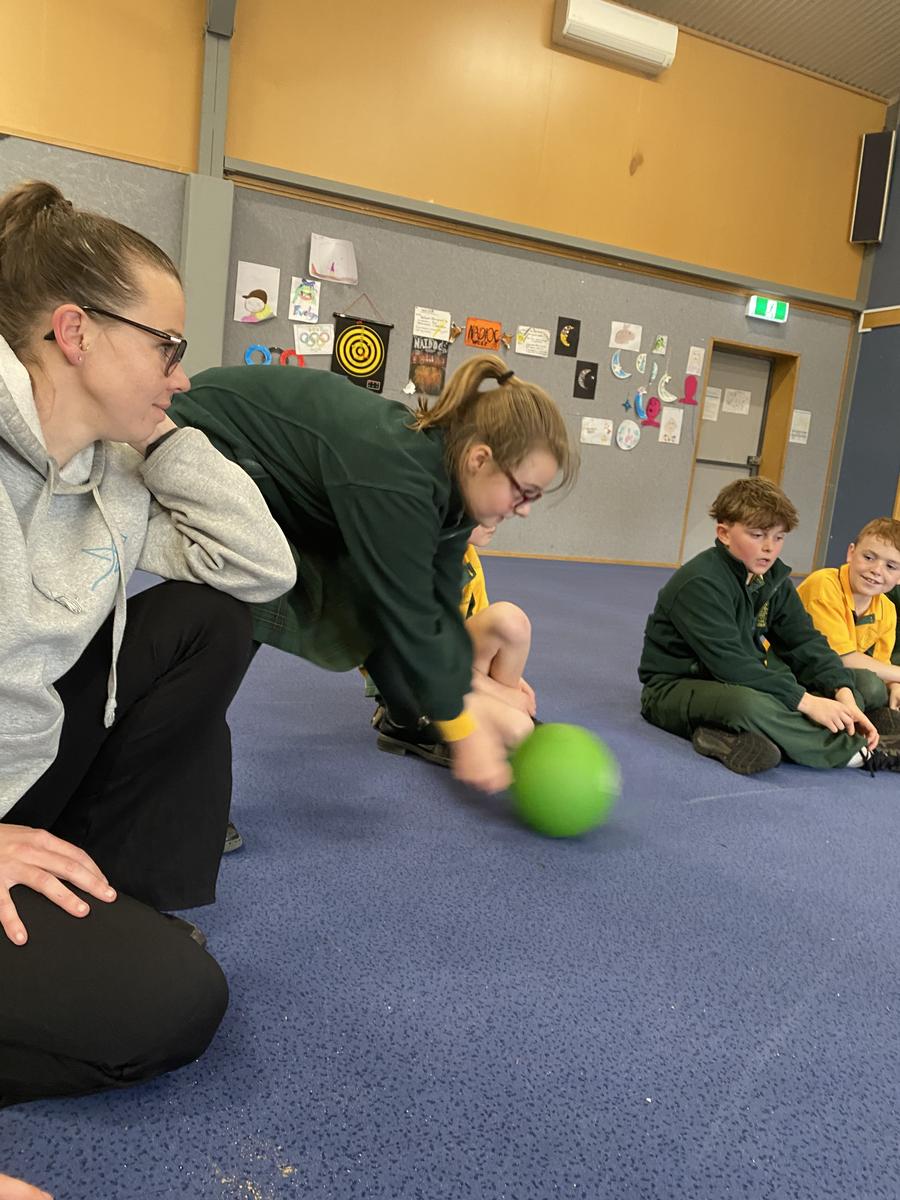




It’s Mary MacKillop's Feast Day on Thursday. Mary is Australia’s first Saint and was an extremely brave and determined woman who was not afraid to do what she felt was right and just. May we all celebrate her love for children, her belief in the importance of education for all and her love for God.


Godly Play is an educational approach that introduces children to Christian stories and teachings through storytelling and imaginative play. Developed by Jerome Berryman, it is based on Montessori principles and encourages children to explore their spirituality through wonder and play. The Godly Play method uses simple materials, open-ended questions, and time for reflection, allowing children to engage with stories on a personal and spiritual level.
When telling the Parable of the Sower using Godly Play, a storyteller typically uses physical materials like a wooden sower, seeds, and different types of soil represented by felt or fabric to visually represent the story. The storyteller narrates the parable, explaining how the sower scatters seeds on various types of ground—pathway, rocky soil, thorny soil, and good soil—and describes the growth outcomes in each scenario. After the story is told, the children are invited to reflect on what they have heard and seen, often through wondering questions like "I wonder which type of soil you liked best?" or "I wonder what the seeds felt when they landed on the different soils?" This approach encourages children to think deeply about the message of the parable, such as the importance of being receptive to God’s word, and how it can apply to their own lives. By engaging with the story in this interactive and thoughtful way, children can explore and internalise its meaning at their own pace.
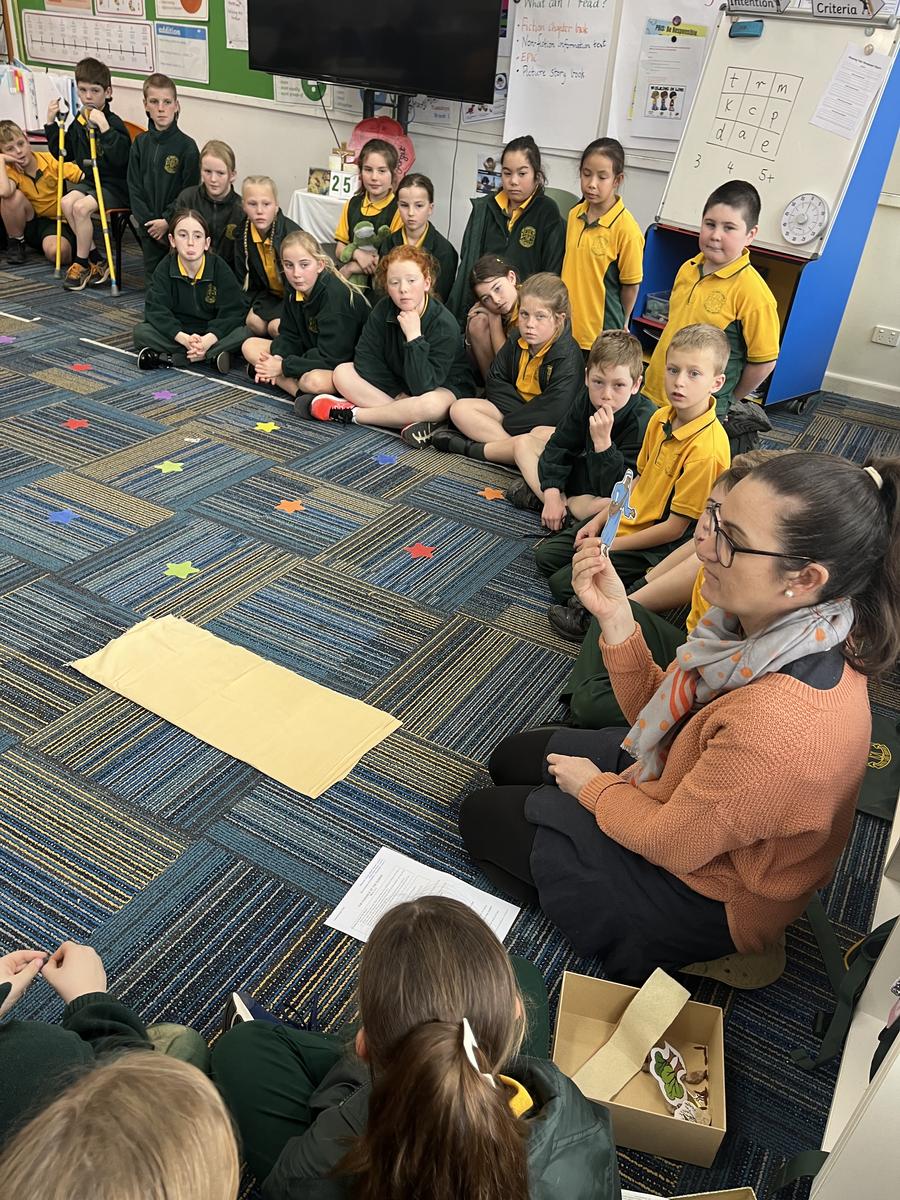

Please help us stick to the rules. This includes NO beaded bracelets, necklaces and smart watches.




Until Next time,
Ally, Rachel, Lisa, Keira, Nic